Choosing the best Windows laptop for most people involves many different factors. A reasonable price, ample performance, suitable display, and comfortable keyboard are just some of the features considered. Manufacturers continuously update their product lineups with new hardware and design, and some generations are better than others. Our current top pick is the Lenovo Yoga 9i 14 (Gen 7), which bumped the HP Spectre x360 14 out of the number one spot. Lenovo's Yoga lineup has come a long way over the last couple of years, and this is the culmination of a bunch of good decisions. It's also priced fairly competitively, pushing it above many other close seconds that might take the top spot. Not quite what you need? There are many other great picks for the best Windows laptop, which we've rounded up here.
Best Windows laptop in 2022
- Lenovo Yoga 9i 14 (Gen 7) — Best overall: Sleek convertible design, outstanding audio, 12th Gen Intel Core CPUs, 16:10 display
- HP Spectre x360 14 — Runner-up: Premium convertible design, 3:2 display, modern hardware
- Razer Book 13 — Runner-up: Top-tier performance, design, display, and features
- Dell XPS 13 Plus — Runner-up: Non-convertible Ultrabook perfect in almost every way
- Surface Laptop 4 — Runner-up: Premium quality Ultrabook with knockout touch display
- Surface Pro 8 — Best 2-in-1: Detachable keyboard, deployable stand, beautiful design, and display
There are many great devices out there that we've been trying out and testing, and this is just a glance at the 20 total best Windows laptop options we've rounded up here.
What is the best Windows laptop for most people?
It's a great time to be a fan of Windows laptops, and when shopping around, you might be overwhelmed by all the best Windows laptop choices coming from myriad manufacturers. For most people, the Lenovo Yoga 9i 14 (Gen 7) will bring a mix of performance, build quality, features, and price that is hard to resist. It's a great laptop for just about anything less than gaming or specialized design and development work. If you'd rather invest in one of our picks for the best Windows laptop that isn't also of the best 2-in-1 laptops — meaning the lid doesn't rotate around 360 degrees for tent, stand, and tablet modes — you'll no doubt want to check out the Razer Book 13, the Dell XPS 13 Plus, or the 13-inch Surface Laptop 4.
These top four options are just the appetizer before we get into the real meat of the best Windows laptop picks, ranging from high-end gaming and design laptops down to budget devices that go a long way for less money.
Best Windows laptops 2022:
- 1. Lenovo Yoga 9i 14 (Gen 7) (From $1,080)
- 2. HP Spectre x360 14 (From $1,100)
- 3. Razer Book 13 (From $1,000)
- 4. Dell XPS 13 (From $1,196)
- 5. Surface Laptop 4 (From $800)
- 6. Surface Pro 8 (From $870)
- 7. Razer Blade 15 (From $1,800)
- 8. Lenovo ThinkPad X1 Nano (From $2,479)
- More options: (From $400)
1. Lenovo Yoga 9i 14 (Gen 7)
Best Windows laptop
Bottom line: The Yoga 9i 14 (Gen 7) takes what we loved about this convertible and made it even better. The soundbar hinge is louder, the body now has rounded edges for a more comfortable feel, the touchpad is larger, there are new 16:10 displays with impressive specs, and 12th Gen Intel Core CPUs boost performance.
Processor: Up to Core i7-1280P | RAM: Up to 16GB LPDDR5 | Storage: Up to 1TB M.2 PCIe 4.0 SSD | Graphics: Intel Iris Xe integrated | Display size: 14 inches | Display resolution: Up to 3840x2400 | Ports: Two Thunderbolt 4, USB-A 3.2 (Gen 2), USB-C 3.2 (Gen 2), 3.5mm audio
| Performance | Hardware | Vendor |
|---|---|---|
| Mid-range | Core i7-1260P, 8GB RAM, 256GB SSD, FHD+ display | $1,080 at Lenovo |
Pros
- Rounded edges are more comfortable
- 12th Gen Intel CPUs, LPDDR5 RAM, PCIe 4.0 SSD
- Gorgeous touch display options
- Built-in hinge soundbar
- Bigger touchpad, dual Thunderbolt 4
Cons
- Limited configurations for now
- Don't need to pay the 2-in-1 premium if you want a notebook
- Glossy screens
- No SD card reader
Lenovo recently updated its Yoga lineup, with new Yoga 9i 14 (Gen 7) models being announced at CES 2022. I reviewed the previous Yoga 9i 14 generation and came away mostly pleased with what was on offer, noting that it was still using a 16:9 display and that it lacked an IR camera. The newest version solves those issues.
The Yoga 9i 14 (Gen 7) now has three 14-inch touch display options, all with a taller 16:10 aspect ratio. The baseline screen sits at a 1920x1200 (FHD+) resolution with 100% sRGB color, 400 nits brightness, 60hz refresh rate, and Dolby Vision. Moving up, the 3840x2400 (UHD+) screen is OLED with 400 nits brightness, 100% DCI-P3 color, 60Hz refresh rate, VESA DisplayHDR 500, and Dolby Vision. Finally, the 2880x1800 (2.8K) screen is OLED with 400 nits brightness, 100% DCI-P3 color, 90Hz refresh rate, VESA DisplayHDR 500, and Dolby Vision. Unfortunately, all screens have a glossy finish to go along with the touch function.
The active pen no longer has a silo built into the laptop. Instead, you get a full inking experience with the included Lenovo Precision Pen 2. It has 4,092 levels of pressure sensitivity, tilt detection, and it works with WGP, AES 2.0, and MPP 2.0 screens.
The design of the laptop has changed. High-end Yoga laptops have a reputation of being a bit sharp along the edges; the 9i 14 (Gen 7) fixes that with new rounded edges. It's much more comfortable to hold, especially as a tablet. The touchpad has been blown up by 45% to make pointing that much more comfortable, and the edge-to-edge keyboard now includes 1-Click Function keys with extra shortcuts.
The aluminum pieces are joined by a rotating soundbar hinge with quad Bowers & Wilkins speakers for even louder audio than before. Dolby Atmos adds to the immersion. The laptop offers dual Thunderbolt 4, two USB-A 3.2, and a 3.5mm audio jack, but it lacks any sort of SD card reader. Wi-Fi 6E and Bluetooth 5.2 round out wireless connectivity. An IR camera and FHD camera sit above the display.
Performance is stellar thanks to a bump up to Intel's 12th Gen Intel Core CPUs, LPDDR5-5200MHz RAM, and PCIe 4.0 storage. Overall, this laptop is a dream for anyone who loves handling productivity during the day and watching movies and TV at night. It has one of the best designs around, and its extra features make it well worth the price.
Lenovo Yoga 9i 14 (Gen 7)
The new Lenovo Yoga 9i 14 (Gen 7) is a versatile, feature-laden laptop that's never been more refined.
Buying the best Windows laptop for your needs should involve some careful shopping. You want to be sure that it's perfect for your needs, and you want to be sure that you aren't paying too much. You also want something worth your money that will last for years to come. Setting a price and sticking to it is a good idea when shopping for a laptop. If you can get a device that meets your needs, and you pay what you want to pay, you'll be much happier in the long run.
Many premium devices in this list will run into the multiple thousands of dollars range, but you can also get many of them starting around the $1,000 mark. These laptops are suitable for plenty of tasks, and the more you pay for upgrades, the better performance you'll see.
Mid-range devices usually come in somewhere between $600 and $1,000, and while you can find something built well, the hardware inside may not be able to keep up with intensive tasks, and they likely won't have as many features.
There are a few general uses for which most people buy a laptop: gaming, multitasking, and productivity, multimedia editing, or business. Ask yourself what you'll mostly be using the laptop for, and you'll have a much easier time deciding on what type of device you need.
- Heavy usage: Gaming, design, and editing require powerful hardware. You should aim for a high-end CPU and a dedicated GPU. Our best graphics card roundup has some top options you can compare. Pair with a high-resolution display if you have the budget.
- Standard usage: Heavy web browsing, occasional gaming, and productivity require average hardware. A high-end CPU will undoubtedly come in handy, though a dedicated GPU is optional. If working with media, extra RAM is never a bad thing.
- Light usage: Light web browsing, email, and occasional video streaming don't require much power. A low- or mid-range CPU will handle this type of work, allowing you to save a lot of money.
There are more considerations to make, including display type, form factor (notebook, convertible, 2-in-1), storage and RAM, battery life, keyboard and touchpad, and ports, which certainly can make it tough to choose one single best Windows laptop. That's why we've laid everything out here to help you make an informed decision.
2. HP Spectre x360 14
Still an amazing convertible
Bottom line: The HP Spectre x360 14 takes the premium laptop we love in the 13-inch version and gives it a 3:2 aspect ratio display and cutting-edge hardware. If you need a convertible with high-end specs and display, this is it. Just don't expect performance for gaming or development work.
Processor: Up to Core i7-1165G7 | RAM: Up to 16GB DDR4 | Storage: Up to 2TB M.2 PCIe NVMe SSD | Graphics: Intel Iris Xe integrated | Display size: 13.5 inches | Display resolution: Up to 3000x2000 | Ports: Two Thunderbolt 4, USB-A, microSD card reader, 3.5mm audio
| Performance | Hardware | Vendor |
|---|---|---|
| Varies | Many configurations | From $1,100 at HP |
| High-end | Core i7, 16GB RAM, 1TB SSD, 3K2K | $1,900 at Amazon |
| High-end | Core i7, 16GB RAM, 1TB SSD | From $1,730 at Best Buy |
Pros
- 11th Gen Intel Core CPUs
- Wi-Fi 6 connectivity
- 3K2K display with 3:2 aspect ratio
- Big 66Wh battery
- Quad-speakers for great audio
Cons
- No LTE connectivity
- Slight touchpad looseness
- No 12th Gen Intel CPUs
The 13.5-inch HP Spectre x360 (what HP is calling the Spectre x360 14) has effectively replaced the older 13.3-inch model, and it has undoubtedly been a big success. The biggest attraction here is the touch OLED display with 3:2 aspect ratio, 3000x2000 (3K2K) resolution, anti-reflective coating, 400 nits brightness, and 100% DCI-P3 color reproduction.
This display is stacked, and thanks to the slim bezel, it has a truly modern look. Because the screen is so much taller, there's also a lot more room below the keyboard deck. HP took advantage, blowing up the touchpad by 16.6% for easier productivity. There's also room for top-firing speakers that pump out quality audio.
Powered by Intel 11th Gen processors, all-day battery life, and an option for a stellar OLED display, this laptop is nearly flawless.
It makes the cut for Intel's EVO platform certification thanks to the option of up to an 11th Gen Intel Core i7-1165G7 CPU. No 12th Gen yet, but these are still decent chips. Intel Iris Xe integrated graphics, instant-on, and "intelligence" that smartly manages power, battery, and more. The sizable 66Wh is rated at about 17 hours of life from a charge, though that differs in real-life testing. We saw about 7 hours with the OLED model, which translates to about 10 hours with the FHD+ model.
The display has tilt pen support for natural inking, Wi-Fi 6 connectivity gives you fast, reliable wireless internet, and Bluetooth 5 for your accessories. The front-facing camera has a privacy shutter, and there's an IR camera for Windows Hello. The keyboard also includes a fingerprint reader for further security, and you can even add HP's Sure View technology to the display to block unwanted eyes.
Have a look at our HP Spectre x360 14 review for a far deeper dive into what we think makes this convertible laptop great. And though the 13.5-inch version is listed as one of our top picks, the larger 16-inch version is also a great choice. In his HP Spectre x360 16 review, Executive Editor Daniel Rubino called it "one of a kind" that "lets you do everything from gaming, taking notes, drawing, editing photos, or just having fun." If you love the design and want faster CPUs and discrete graphics, it's the way to go.
HP Spectre x360 14 laptop
The HP Spectre x360 14 is an evolution of the 13.3-inch model, bringing a 3:2 aspect ratio touch display and the latest 11th Gen hardware from Intel.
3. Razer Book 13
Runner-up
Bottom line: Razer's first crack at a productivity laptop, the Book 13, is a smash hit. Its design, display, keyboard, touchpad, speakers, and performance hardware all come together to form one of the best 13-inch Ultrabooks on the market.
Processor: Up to Core i7-1165G7 | RAM: 16GB | Storage: Up to 512GB SSD | Graphics: Up to Intel Iris Xe | Display size: 13.4 inches | Display resolution: Up to UHD+ | Ports: Two Thunderbolt 4, USB-A 3.1, HDMI 2.0, microSD card reader, 3.5mm audio
| Performance | Hardware | Vendor |
|---|---|---|
| Varies | Many configurations | From $1,000 at Razer |
| Varies | Many configurations | From $1,150 at Amazon |
| Mid-range | Core i7, 16GB RAM, 256GB SSD, FHD+ | $1,600 at Best Buy |
| Mid-range | Core i7, 16GB RAM, 256GB SSD, FHD+ | $1,400 at Walmart |
Pros
- Gorgeous, pristine design
- 11th Gen Intel and EVO certified
- Brilliant IGZO display
- Excellent keyboard, touchpad, RGB lighting
- Fantastic THX Spatial Audio
Cons
- Expensive
- No LTE
In our Razer Book 13 review, Executive Editor Daniel Rubino weighs in on whether Razer's laptop trumps the mighty XPS 13 9310. It's ultimately a toss-up with both laptops excelling in different areas, but know the Book 13 brings better port selection (with HDMI 2.0, two Thunderbolt 4, USB-A 3.2, microSD card reader, and 3.5mm audio), better sound with top-firing THX speakers, and a better keyboard with RGB backlighting for extra fun.
The overall aluminum design of the Book 13 is impeccable. It's well balanced, it's relatively thin and light, and it has that premium feel you only get from laptops in this price range. The keyboard is comfortable for long days of typing, the Precision touchpad makes good use of available space, and battery life goes all day with about 10 hours before needing a charge.
Razer went to Sharp to source its IGZO displays, which paid off greatly. The 13.4-inch displays with a 16:10 aspect ratio are available with FHD+ or UHD+ resolutions, and there are touch and non-touch options. All have an anti-reflective coating to cut down on glare, and all have excellent color reproduction in the sRGB gamut. Brightness gets up to about 550 nits.
Get up to an 11th Gen Intel Core i7-1165G7 CPU, Intel Iris Xe integrated graphics, 16GB of LPDDR4x-4267MHz RAM, and a 512GB M.2 PCIe SSD for performance hardware, and stay safe with an IR camera for Windows Hello. This laptop is expensive and doesn't offer LTE, but it is pretty much perfect in every other way.
Razer Book 13 laptop
Featuring a 16:10 display, fantastic speakers, a great keyboard and trackpad, and a premium all-aluminum chassis, this laptop does everything right, especially when it comes to performance.
4. Dell XPS 13 Plus (9320)
Runner-up
Bottom line: If you'd rather stick with a traditional form factor that doesn't convert to a tablet, the XPS 13 Plus (9320) takes a nearly perfect Ultrabook and makes it even better.
Processor: Up to Core i7-1165G7 | RAM: Up to 32GB | Storage: Up to 2TB | Graphics: Up to Intel Iris Xe | Display size: 13.4 inches | Display resolution: Up to UHD+ | Ports: Two Thunderbolt 3, microSD card reader, 3.5mm audio
| Performance | Hardware | Vendor |
|---|---|---|
| Varies | XPS 13 Plus 9320 (12th Gen Intel, DDR5, PCIe 4.0) | From $1,273 at Dell |
| Varies | XPS 13 9310 (11th Gen Intel, DDR4, PCIe 3.0) | From $1,196 at Dell |
Pros
- 16:10 aspect ratio and thin bezel
- Stunning look and design
- Edge-to-edge keyboard, haptic touchpad, capacitive function keys
- Strong performance from 12th Gen Intel CPUs, DDR5 RAM, PCIe 4.0 SSD
- Beautiful display options
Cons
- Improved webcam still at 720p
- Costs more than our top pick for similar specs
Dell is always busy updating its laptops, and the latest high-profile device refresh to launch is the Dell XPS 13 Plus (9320). This is the latest XPS 13 version, arriving to usurp the Dell XPS 13 (9310) that we also still love. You can still find plenty of 9310 models for sale, though they don't offer the same level of performance or as many high-level features that are new with the Plus (9320) version.
Major changes to the XPS 13 Plus include a keyboard deck that truly covers the laptop from edge to edge. Keycaps are larger, and there's now a capacitive row of function buttons above. Beneath the keyboard are two extra speakers, and below the keyboard is a full glass palmrest with haptic touchpad. The camera is still 720p, but the IR and RGB portions are now separate for better picture quality.
The XPS 13 Plus gets Intel's 12th Gen Mobile CPUs as well as integrated Intel Iris Xe graphics, up to 32GB of faster LPDDR5-5200MHz, and up to a 2TB M.2 PCIe 4.0 SSD with speedier transfer rates. The XPS 13 Plus offers the performance to easily cut through a standard day's work — word processing, heavy web browsing, photo editing — yet it keeps its cool and weighs just 2.71 pounds (1.36kg). It's also unbelievably thin and feels very sturdy, thanks to the aluminum chassis.
The display is sized at 13.4 inches with a 16:10 aspect ratio. A non-touch 1920x1200 (FHD+) screen is the cheapest way to go, bringing an anti-glare finish and up to 500 nits brightness. Another FHD+ option adds touch, edge-to-edge glass, and an anti-reflective layer to help reduce glare. It also manages 500 nits of brightness. Fairly new to the lineup (introduced with the 9310) is an OLED option with 3456x2160 (3.5K) resolution, touch function, anti-reflective finish, and beautiful color. Finally, the most expensive option is a 3840x2400 (UHD+) touch option with edge-to-edge glass, 500 nits brightness, and an anti-reflective layer. The high-end displays feature Dolby Vision for better color and contrast in supported content.
The XPS 13 Plus 9320 is easily the best Dell laptop available today, and it's also the best laptop between $1,000 and $1,500. It's the way to go if you don't need a convertible and love the small size.
Dell XPS 13 Plus (9320)
The XPS 13 Plus 9320 brings some major changes to a laptop that was already nearly perfect.
5. Surface Laptop 4
Runner-up
Bottom line: The Surface Laptop 4, available in 13.5- and 15-inch configurations, is all about premium design, a high-res touch display with a 3:2 aspect ratio, and modern performance hardware inside.
Processor: Up to Core i7-1185G7 or Ryzen 7 4980U | RAM: Up to 32GB LPDDR4x | Storage: Up to 1TB SSD | Graphics: Intel Iris Xe or AMD Radeon Surface Edition | Display size: 13.5 or 15 inches | Display resolution: 2256x1504 (13.5) or 2496x1664 (15) | Ports: USB-C, USB-A, 3.5mm audio, Surface Connect
| Performance | Hardware | Vendor |
|---|---|---|
| Varies | Many configurations | From $800 at Microsoft |
| Varies | Many configurations | From $1,000 at Amazon |
| Varies | Many configurations | From $800 at Best Buy |
| Low-end | Core i5, 8GB RAM, 256GB SSD | $850 at Walmart |
Pros
- Gorgeous design and craftsmanship
- Superb keyboard and touchpad
- Intel Core or AMD Ryzen hardware
- Some parts can be upgraded
- 13.5- or 15-inch sizes available
Cons
- No Thunderbolt 3
- No Dolby Vision or anti-glare display
The Surface Laptop 4, available in 13.5- and 15-inch sizes, takes a solid design that we're already familiar with and adds modern hardware. This means that you're still looking at a glossy display with no HDR, there's no Thunderbolt 4, and no option for 4G or 5G connectivity. Flaws aside, this is still one hell of a laptop with Microsoft's signature Surface design.
The smaller version comes in four different colors depending on whether you want Alcantara or all-metal, while the larger model is available in two different colors with metal finish only. No matter which size you choose, you're getting a comfortable keyboard and sizable Precision touchpad.
Both sizes are configurable with up to either an 11th Gen Intel Core i7-1186G7 or AMD Ryzen 7 4980U CPU, along with Intel Iris Xe or AMD Radeon integrated graphics. These chips are both able to deliver stellar performance, especially when paired with up to 32GB of LPDDR4x RAM and a 1TB SSD. The displays are high-res, they have a 3:2 aspect ratio, and they're touch-enabled with Surface Pen support.
You can see how the Surface Laptop 4 compares in our best Microsoft Surface PCs roundup, and be sure to have a look at our Surface Laptop 4 (15-inch) review for a deeper look at what we think of this laptop.
Microsoft Surface Laptop 4
Available in 13.5- and 15-inch sizes and with Intel or AMD hardware, the Surface Laptop 4 is more of the same stellar design and beautiful touch displays.
6. Surface Pro 8
Best 2-in-1
Bottom line: For those who need a device that can detach from the keyboard and touchpad to become a tablet — and have the power to rival standard laptops — there is the Surface Pro 8.
Processor: Up to Core i7-1185G7 | RAM: Up to 32GB | Storage: Up to 1TB SSD | Graphics: Intel Iris Xe | Display size: 13 inches | Display resolution: 2880x1920 | Ports: Two Thunderbolt 4, 3.5mm audio, Surface Connect
| Performance | Hardware | Vendor |
|---|---|---|
| Varies | Many configurations | From $890 at Microsoft |
| Varies | Many configurations | From $870 at Amazon |
| Varies | Many configurations | From $1,000 at Best Buy |
Pros
- Larger 120Hz display, thin bezels
- Thunderbolt 4, fantastic webcam
- Slim Pen 2 with inking haptics
- Adaptive color sensor
- Very good performance and battery
Cons
- Very glossy display
- No USB-A or dongle
- LTE models available on commercial side only
Our Surface Pro 8 review shows how the new version represents a significant upgrade over the Surface Pro 7 and Surface Pro 7+. The most notable changes are a new rounded chassis made up of aluminum instead of magnesium, a thinner display bezel, a larger display with 120Hz refresh rate, dual Thunderbolt 4 ports, a larger battery, better cameras, and Dolby Vision and Dolby Atmos for better entertainment capabilities.
The Pro 8 looks a lot more like a modern tablet than the previous models, and its Type Cover has been upgraded to match. It's now using the same design as the Pro X's Type Cover (they are interchangeable), with a holding slot for the Surface Slim Pen 2. Typing is comfortable, and the Precision touchpad makes for easy pointing.
The thinner bezel allows for a larger 13-inch display with excellent color reproduction and up to 441 nits brightness. You can now enjoy a 120Hz refresh rate, which plays well with the Slim Pen 2. The inking experience is smooth, and there's now haptic feedback in select apps. As for performance, 11th Gen Intel Core chips and Iris Xe graphics put up a strong fight against just about anything save gaming or specialized software. In that case, you can always connect an eGPU thanks to the new Thunderbolt 4 ports.
If you need a versatile PC that's as comfortable acting as a notebook as it is a tablet, the Surface Pro 8 should wow you. Be sure to check out our Surface Pro 8 vs. Surface Pro 7 comparison for a closer look at how the Pro 8 has been improved.
Microsoft Surface Pro 8
The Surface Pro finally hits its full potential with the all-new redesign for 2021. With Thunderbolt 4, optional LTE, 120Hz display, new haptic Slim Pen, 11th Gen Intel, and a new graphite colorway, the Surface Pro 8 is a worthwhile upgrade.
7. Razer Blade 15
Best gaming
Bottom line: With a dedicated GPU, powerful Intel CPU options, and myriad high-end display options, the Razer Blade 15 is the best gaming laptop out there as long as you have the budget.
Processor: Up to Core i9-12900H | RAM: Up to 32GB DDR5-4800 | Storage: Up to 1TB PCIe 4.0 SSD | Graphics: Up to NVIDIA RTX 3080 Ti Laptop | Display size: 15.6 inches | Display resolution: Up to 4K | Ports: Two USB-C 3.2 (Gen 2), Three USB-A 3.2 (Gen 2), Thunderbolt 4, HDMI 2.1, SD card reader, 3.5mm audio
| Performance | Hardware | Vendor |
|---|---|---|
| Varies | Many configurations | From $2,500 at Amazon |
| Varies | Many configurations | From $2,235 at Best Buy |
| Varies | Many configurations | From $1,800 at Razer |
| Mid-range | Core i7, 16GB RAM, 512GB SSD, RTX 3060 | $1,800 at Walmart |
Pros:
- 4K OLED display is stunning
- Outstanding audio
- Excellent gaming performance
- Plenty of ports
- Premium build quality
Cons:
- Keyboard has short travel
- Very expensive
If you need a powerful gaming laptop, the Razer Blade 15 should be your first choice should you have the budget. It's also our top pick in a roundup of the overall best gaming laptops available today. Some new Blade 15 configurations were announced at CES 2022, and you can now get up to Intel's 12th Gen H-series CPUs, NVIDIA RTX 3080 Ti laptop GPU, DDR5-4800MHz RAM, and PCIe 4.0 storage.
Display options won't leave your performance hardware wanting more, with up to a 4K UHD screen with 144Hz refresh rate and excellent color reproduction. There's also a QHD model with 240Hz refresh rate and an FHD model with a 360Hz refresh rate.
This is all wrapped up in a squared, symmetrical metal chassis that measures just 0.67 inches (16.9mm) thin, which is slimmer than ever. Keyboard travel is a bit short, but it has customizable RGB, and the Precision touchpad is huge for times when you're not using an external gaming mouse plugged into one of three USB-A 3.2 ports. Other connectivity includes two Thunderbolt 4, HDMI 2.1, and Ethernet. There's also a UHS-II SD card reader.
The Razer Blade 14 is also available for anyone who wants a more compact build with the latest AMD Ryzen hardware mixed with NVIDIA RTX 30-series Laptop GPUs.
Razer Blade 15 laptop
The Blade 15 offers stellar performance hardware (up to an NVIDIA RTX 3080 Ti laptop GPU) and tons of gorgeous display options. Older models are still available, generally at a reduced price.
8. Lenovo ThinkPad X1 Nano (Gen 2)
Best business
Bottom line: ThinkPad laptops come in many shapes and sizes, but the X1 Nano (Gen 2) sits near the top if you want something thin and light with many business features.
Processor: Up to Core i7-1280P vPro | RAM: Up to 32GB LPDDR5-5200 | Storage: Up to 1TB PCIe 4.0 SSD | Graphics: Intel Iris Xe | Display size: 13 inches | Display resolution: 2160x1350 | Ports: Two Thunderbolt 4, 3.5mm audio
| Performance | Hardware | Vendor |
|---|---|---|
| Varies | Many configurations (Gen 2) | From $3,289 at Lenovo |
| Varies | Many configurations (Gen 1) | From $2,479 at Lenovo |
Pros
- 12th Gen Intel Core CPU options
- 2K display with 16:10 aspect ratio
- Optional 5G LTE connectivity
- Comfortable keyboard and touchpad
- Durable ThinkPad build
Cons
- Limited port selection
- Small sacrifice on battery life
We absolutely love the first-gen X1 Nano, with Executive Editor Daniel Rubino saying in his ThinkPad X1 Nano review that it holds all the best features of premium ThinkPad laptops but with a focus on portability. The second generation is now available — though there are still first-gen models for sale — with some notable upgrades.
The new 12th Gen Intel Core P-series 28W processors boost performance significantly, LPDDR5 RAM is faster, and PCIe 4.0 makes transfers a breeze. Displays have remained mostly the same, with a 2160x1350 resolution with a 16:10 aspect ratio, as well as Dolby Vision and 100% sRGB color reproduction. There's now an add on touch film (AOTF) available for a better touch experience. The webcam got a bump up to 1080p, with separate IR and RGB modules for better quality. Human presence detection is still included, and Dolby Voice has been added to help cancel out background noise while you're conferencing.
The laptop makes the list of Intel Evo platform certification, assures snappy response even on battery power. Thunderbolt 4 ports make it easy to connect your most modern accessories, and there's Wi-Fi 6 and 5G LTE available for staying connected everywhere. The real beauty is that it weighs in at just 2.13 pounds (970g), making it one of the lightest business laptops out there. If you need a slim, powerful business partner, this should be near the top of your list. Check out our list of the best Lenovo laptops to see where the ThinkPad X1 Nano sits.
Lenovo ThinkPad X1 Nano (Gen 2)
With an optional 5G LTE modem, powerful performance, and a brilliant display, get a premium business laptop ideal for staying connected.
9. Surface Pro X
Best mobility
Bottom line: The Surface Pro X takes Microsoft's unreal design and packs it with ARM hardware and 4G LTE connectivity. If you need to stay connected everywhere, this is a great option.
Processor: Microsoft SQ1 or SQ2 | RAM: Up to 16GB LPDDR4x | Storage: Up to 512GB SSD | Graphics: Adreno 685 or 690 | Display size: 13 inches | Display resolution: 2880x1920 | Ports: Two USB-C, Surface Connect, nano SIM
| Performance | Hardware | Vendor |
|---|---|---|
| Varies | Many configurations | From $900 at Microsoft |
| Basic | SQ1, 8GB RAM, 128GB SSD, LTE | $650 at Amazon |
| Varies | Many configurations | From $1,000 at Best Buy |
| Basic | SQ1, 8GB RAM, 256GB SSD, LTE | $730 at Walmart |
Pros:
- Beautiful display with inking
- Thin and light design
- LTE is now optional
- IR camera for Windows Hello
- Adreno 685 GPU with two teraflops
Cons:
- No Wi-Fi 6
- ARM has some limitations
- No 3.5mm audio jack
Microsoft's Surface Pro X has branched out from the standard Pro lineup we've become accustomed to seeing over the last few generations. Instead of using Intel hardware, it has inside a custom Microsoft SQ1 CPU that's essentially a beefed-up Snapdragon 8cx. And that's been further improved with the SQ2 processor, which is now available thanks to a mid-gen refresh. Add in an Adreno 685 or Adreno 690 (with the SQ2 chip) GPU, up to 16GB of RAM, and a 512GB SSD, and you have a 2-in-1 ideal for creative people on the move. A Snapdragon X24 modem offers LTE connectivity in all models.
The Pro X has a chassis with a thin bezel to accommodate a larger 13-inch display with 2880x1920 resolution and a 3:2 aspect ratio. Combined with the new Surface Slim Pen, you're getting an extremely versatile setup.
An IR camera for facial recognition adds to security, and two USB-C, Nano-SIM, and Surface Connect are available for connecting accessories. Like other modern Surface devices, the Pro X can power dual 4K displays at a 60Hz refresh rate using one USB-C port.
With a recent performance refresh, the Pro X is now available in a non-LTE version. This can save you some money if all you need is Wi-Fi 5. Have a look at our Surface Pro X review to see what Executive Editor Daniel Rubino thinks of this device.
Microsoft Surface Pro X laptop
This ARM-powered Pro brings optional LTE connectivity, a beautiful display, and excellent battery life, all in a thin and light chassis.
10. Dell XPS 15
Best 15-inch Ultrabook
Bottom line: The new Dell XPS 15 (9520) brings Intel's 12th Gen Intel Core CPUs and DDR5 RAM to an otherwise similar design. It's the most powerful option out there, but the older 9510 model is still quite attractive and costs less.
Processor: Up to Core i9-12900HK | RAM: Up to 64GB DDR5-4800MHz | Storage: Up to 2TB SSD | Graphics: Up to NVIDIA RTX 3050 Ti Laptop | Display size: 15.6 inches | Display resolution: Up to 4K UHD+ | Ports: Two Thunderbolt 4, USB-C 3.2 (Gen 2), SD card reader, 3.5mm audio
| Performance | Hardware | Vendor |
|---|---|---|
| Varies | Many 9520 configurations | From $1,420 at Dell |
| Varies | Many 9510 configurations | From $1,764 at Dell |
| Upper mid-range | Core i7, 16GB RAM, 512GB SSD, RTX 3050 Ti | $1,900 at Best Buy |
| Varies | Many 9510 configurations | From $2,135 at Amazon |
Pros
- 16:10 aspect ratio display
- Gorgeous FHD+, UHD+, and 3.5K OLED screen options
- Powerful performance from 12th Gen Intel CPUs
- Top-firing speakers
- Good keyboard and touchpad
Cons
- Expensive
Along with the XPS 13 9300, the XPS 15 9500 received a fairly serious overhaul that continues with the latest 9510 and 9520 models. It has a larger 16:10 aspect ratio for the display, which eliminates the chin. The Precision touchpad is way more prominent, and the keycaps are also larger for a better typing experience. Speakers on either side of the keyboard and speakers on the laptop's underside make for quality audio.
You can get the display in either FHD+, UHD+, or 3.5K resolutions. The FHD+ version is non-touch with an anti-glare finish and 500 nits. The UHD+ version is touch with an anti-reflective finish and 500 nits brightness. And the new 3456x2160 (3.5K) OLED option is touch with an anti-reflective finish and 400 nits. There's hardly any bezel, yet there's still an IR camera above the display for Windows Hello.
With the release of the 9520 models, you can now get 12th Gen Intel Core CPUs with up to a Core i9-12900HK for maximum performance. Also updated is the memory, which now comes in DDR5-4800MHz. Storage and graphics remain the same, with up to a 1TB SSD and either integrated graphics or NVIDIA's laptop versions of the RTX 3050 and RTX 3050 Ti discrete GPUs.
As for the remaining 9510 models, you can get up to an 11th Gen Intel Core i9-11900H CPU, 64GB of DDR4 RAM, a 2TB M.2 PCIe SSD, and similar discrete graphics options. The laptops are all powered by a beefy 86Wh battery that can deliver a full day of battery life. Wi-Fi 6 is also included for fast wireless connectivity. This PC also sits atop our list of the very best 15-inch laptops.
Have a look at our Dell XPS 15 9500 review for a closer look at this awesome 15-inch laptop. The design really hasn't changed, so you're still getting the same great look with the 9510 or 9520 models.
Dell XPS 15 laptop
Larger display, touchpad, and keycaps, as well as beefier internal hardware, make the XPS 15 the 15-inch Ultrabook to beat.
11. HP Envy x360 15
Best affordable convertible
Bottom line: HP's Envy x360 15 is a premium convertible with a mid-range price. Battery life is outstanding, performance is tops, and the FHD touch display has precise color and contrast. It's also easy to type on, and the touchpad is huge.
Processor: Up to Ryzen 7 5700U or Core i7-1195G7 | RAM: Up to 16GB DDR4 | Storage: Up to 512GB SSD | Graphics: AMD Radeon Vega or Intel Iris Xe | Display size: 15.6 inches | Display resolution: 1920x1080 | Ports: USB-C 3.1 (Gen 2) or Thunderbolt 4, two USB-A 3.1 (Gen 2), HDMI 2.0, 3.5mm audio, SD card reader
| Performance | Hardware | Vendor |
|---|---|---|
| Varies | Many configurations | From $630 at HP |
| Basic | Ryzen 5 5500U, 8GB RAM, 256GB SSD | $738 at Best Buy |
| Mid-range | Ryzen 7, 16GB RAM, 256GB SSD, FHD | $969 at Walmart |
Pros
- Excellent performance from AMD Ryzen 5000 or 11th Gen Intel
- Good touchpad and keyboard
- Outstanding battery life
- Color-accurate FHD touch display
- Thin, light, high-end build
Cons
- No Thunderbolt on AMD model
- Still using 16:9 aspect ratio
- No 4K option
The HP Envy x360 15 received an upgrade to Ryzen 5000 Mobile CPUs, which has turned it into what I consider one of the best budget convertibles on the market today. It's also our top pick of the best AMD Ryzen laptops. Choose from Ryzen 5 or Ryzen 7 CPUs, add up to 512GB of M.2 PCIe SSD storage, and go with up to 16GB of RAM with the Ryzen 7 model. In our testing, battery life lasted more than 14 hours despite the laptop beating in synthetic benchmarks most of the other devices we've tested.
There are also 11th Gen Intel models available with similar design and supporting performance specs. If you go with Intel, you'll get Thunderbolt 4 instead of regular USB-C, setting you up nicely for use with the best Thunderbolt 4 hubs and docks.
The display, which is still using a 16:9 aspect ratio, comes in two different FHD flavors. The most affordable is a standard touch FHD screen with 300 nits brightness. For a few dollars more, you can upgrade to 400 nits brightness. The screen is quite glossy, so we recommend going with the brighter option. Color and contrast are excellent out of the box, with 100% sRGB reproduction. The laptop also comes with an active pen for inking.
The metal chassis is built well and houses a comfortable keyboard and touchpad. Ports include USB-C or Thunderbolt 4, two USB-A, HDMI, 3.5mm audio, and an SD card reader. Wi-Fi 6 is included.
HP Envy x360 15 laptop
With superb performance, 14+ hours of battery life, sleek design, and colorful FHD display, the Envy x360 15 is a truly quality PC masquerading behind a budget price. If you're looking for a 15-inch convertible, this one should be seriously considered.
12. Microsoft Surface Laptop Go
Most fun
Bottom line: Want a smaller, more affordable version of the Surface Laptop? The Surface Laptop Go is no doubt for you.
Processor: Intel Core i5-1035G1 | RAM: Up to 8GB LPDDR4x | Storage: Up to 256GB SSD | Graphics: Intel UHD Graphics | Display size: 12.4 inches | Display resolution: 1536x1024 | Ports: USB-C, USB-A, 3.5mm audio, Surface Connect
| Performance | Hardware | Vendor |
|---|---|---|
| Varies | Many configurations | From $400 at Microsoft |
| Low-end | Core i5, 4GB RAM, 64GB eMMC | $446 at Amazon |
| Varies | Many configurations | From $400 at Best Buy |
| Mid-range | Core i5, 8GB RAM, 128GB SSD | $497 at Walmart |
Pros
- Excellent hardware and design
- Core i5 relatively powerful
- Colorful, bright display
- Good battery life
- Less expensive than Surface Laptop 3
Cons
- Low-resolution display
- No backlit keyboard
The standard Surface Laptop is an outstanding device, but not everyone wants to shell out that kind of money for a device sized at 13 or 15 inches. Enter the Surface Laptop Go, a 12.5-inch device that's designed up to Surface standards. The display might not be as high a resolution as other Surface products and might not support inking, but it's still colorful and bright.
The keyboard is comfortable (though no backlight), and battery life will last you through a day. Performance hardware is right for anyone with standard productivity tasks in mind, and the price reflects that. This is an excellent option for anyone who needs an extra laptop around the house or something portable for school.
If you're interested in this little laptop, be sure to have a look at our Surface Laptop Go review for further details.
Microsoft Surface Laptop Go
Looking for something with the same design as the Surface Laptop but easier on the wallet? Look no further.
13. Microsoft Surface Laptop Studio
Flexible workstation
Bottom line: The Surface Laptop Studio represents a new design category for Microsoft's PC lineup. With excellent performance, a high-end display with inking, and a ton of other features, it's a top choice for those who need a mobile workstation.
Processor: Up to Core i7-11370H | RAM: Up to 32GB LPDDR4x | Storage: Up to 2TB SSD | Graphics: Up to NVIDIA RTX 3050 Ti Laptop | Display size: 14.4 inches | Display resolution: 2400x1600 | Ports: Two Thunderbolt 4, 3.5mm audio, Surface Connect
| Performance | Hardware | Vendor |
|---|---|---|
| Varies | Many configurations | From $1,423 at Microsoft |
| Varies | Many configurations | From 1,497 at Best Buy |
| Varies | Many configurations | From $1,415 at Amazon |
| High-end | Core i7, 16GB RAM, 512GB SSD, RTX 3050 Ti | $1,852 at Walmart |
Pros:
- Exceptional engineering
- Very good performance and battery life
- Excellent keyboard, haptic pen, touchpad
- Bright, color-accurate display at 120Hz
- Thunderbolt 4 ports
Cons:
- Reflective display
- No SD card reader
- Charger is underpowered
- Audio is just OK
Microsoft's Surface Laptop Studio employs a rare design that is essentially the spiritual successor to the Surface Book series. While the display no longer detaches fully from the rest of the chassis, the Laptop Studio's design allows the screen to sort of pull forward. It can either remain vertical for stage mode (with the touchpad still uncovered), or it can lie flat (with the display facing up) for a unique Surface experience that should appeal to creators and designers.
The 14.4-inch touch display has a 2400x1600 resolution, 3:2 aspect ratio, 120Hz refresh rate, and excellent color reproduction and brightness. Dolby Vision is included for better movies and TV. If you're into inking, the Laptop Studio pairs well with the Surface Slim Pen 2. A 120Hz refresh rate makes for seamless writing and drawing, and the new haptic feedback feature is available in select apps.
Intel 11th Gen H-series CPUs power the Laptop Studio, and you can combine them with a NVIDIA RTX 3050 Ti laptop GPU. You can game on this laptop to an extent, though it's far more comfortable being used for productivity work in the creative and design sectors.
You can expect the usual Surface premium level of design in all areas here, but the laptop doesn't come cheap. Nevertheless, anyone who needs a versatile mobile platform for heavier work should take notice.
Microsoft Surface Laptop Studio
Surface Laptop Studio delivers a powerful, flexible, workstation-style PC perfect for artists, engineers, and some light gaming. No other laptop currently does everything it can do at this level. But, like all Surfaces, you pay for that experience.
14. LG gram 17
Best lightweight 17-inch
Bottom line: The gram lineup from LG aims to make laptops as thin and light as possible without subtracting essential features, performance, and durability. In that sense, it's a winner.
Processor: Up to 11th Gen Intel Core i7 | RAM: Up to 16GB DDR4 | Storage: Up to 2TB SSD | Graphics: Up to Intel Iris Xe | Display size: 17 inches | Display resolution: 2560x1600 | Ports: Three USB-A 3.2, Thunderbolt 4, HDMI, microSD card reader, 3.5mm audio
| Performance | Hardware | Vendor |
|---|---|---|
| Varies | Many configurations | From $1,429 at Amazon |
| High-end | Core i7, 16GB RAM, 1TB SSD | $1,530 at Best Buy |
| High-end | Core i7, 16GB RAM, 1TB SSD | $1,397 at Walmart |
Pros
- 2K display with 16:10 ratio
- Light build despite size
- All-day battery life, Intel Evo
- 11th Gen Intel hardware and Wi-Fi 6
- Fingerprint reader
Cons
- Keyboard and touchpad relatively small
- No discrete GPU
A 17-inch laptop is excellent for multitasking thanks to the enormous display, but you often trade portability. However, the LG gram 17 (2021) weighs in at just 2.98 pounds (1.35kg), making it as light as a lot of 13-inch Ultrabooks. The vast display has a 2560x1600 resolution with a 16:10 aspect ratio, and it has a battery that will last for a full day before needing a charge. This is easily one of the best LG laptops.
Thanks to a refresh announced at CES 2021, performance hardware includes up to an 11th Gen Intel Core i7-1165G7 CPU, 16GB of RAM, and two 1TB M.2 PCIe SSDs. There's no dedicated GPU, but you can take advantage of Intel Iris Xe Graphics from 11th Gen hardware. Ports include Thunderbolt 4, HDMI, USB-A 3.2, a microSD card reader, and 3.5mm audio for generous connectivity. This is also an Intel Evo-certified laptop.
The Precision touchpad seems small compared to all the available space, but it tracks well. Typing for extended periods shouldn't be an issue on the keyboard, and a fingerprint reader built into the power button adds security through Windows Hello. Included is Wi-Fi 6 for speedy connectivity. This worthy PC also made our list of best Windows laptops with full number pads, and it's our pick for the very best 17-inch laptop.
A newer version exclusive to South Korea was recently launched, complete with Intel's 12th Gen Intel Core CPUs and NVIDIA RTX 2050 Laptop GPU. There's no word on when these laptops will be made available in more regions.
LG gram 17 laptop
The LG gram 17 is an extraordinarily light and capable 17-inch Ultrabook that's perfect for students, photographers, and other pros.
15. Dell XPS 17
Best performance 17-inch
Bottom line: The XPS 17 is a monster of a laptop with parts that outshine every other mobile PC on the market. The biggest (and best) display, superb audio, excellent typing, and enough graphics power to keep anyone happy. It may be heavy, but it's no wimp.
Processor: Up to Core i9-11900H or Core i9-12900HK | RAM: Up to 64GB DDR5-4800 | Storage: Up to 2TB SSD | Graphics: Up to NVIDIA RTX 3060 Laptop | Display size: 17 inches | Display resolution: Up to UHD+ | Ports: Four Thunderbolt 4, SD card reader, 3.5mm audio
| Performance | Hardware | Vendor |
|---|---|---|
| Varies | Many 9720 configurations | From $1,812 at Dell |
| Varies | Many 9710 configurations | From $1,862 at Dell |
| Mid-range | Core i7, 16GB RAM, 512GB SSD, RTX 3050, UHD+ | $2,337 at Amazon |
| High-end | Core i7, 16GB RAM, 1TB SSD, RTX 3060, UHD+ | $2,950 at Best Buy |
Pros
- Unreal 17-inch display with 16:10 aspect ratio
- Excellent keyboard and touchpad
- Quad audio
- RTX graphics, 14-core CPU
- High build quality
Cons
- Heavy and dense
- Webcam is just OK
- No inking
If you love the idea of a 17-inch laptop but don't particularly care whether it's light or not, the XPS 17 is undoubtedly the laptop you should consider. This is a more recent addition to the XPS lineup, and it's an absolute powerhouse to boot. It was recently updated for 2022; the new 9720 model includes 12th Gen Intel Core CPUs up to an i9-12900HK with 14 cores, as well as up to 64GB of DDR5 RAM.
These fresh models are going to cost more, but the older 9710 models are still great. You can configure them with up to an 11th Gen Intel Core i9-11900H CPU, 2TB of speedy M.2 PCIe NVMe SSD storage, up to 32GB of DDR4-3200MHz RAM, and an NVIDIA RTX 3060 Laptop GPU with 6GB of GDDR6 VRAM.
Combined with the massive 17-inch display that goes up to a UHD+ resolution (the + accounts for the extra space thanks to the boxy 16:10 aspect ratio), this is an ideal laptop for content creators. It hits 94% DCI-P3 color reproduction, and it manages up to 500 nits brightness with HDR400 and Dolby Vision.
It's built extremely well like the rest of the XPS lineup, but it is rather heavy. The thin chassis packs in four Thunderbolt 4 ports, an SD card reader, and a 3.5mm audio jack. Top-firing audio puts out an excellent sound, and you can get up to a 97Wh battery for long-lasting life. Altogether this is a gorgeous 17-inch laptop that's about the same size as a 15-inch laptop, thanks to a complete lack of bezel and careful engineering. It's expensive, but this is the right laptop for content creators. Who doesn't love a big screen?
Our Dell XPS 17 review goes much deeper, covering what makes this laptop great. Be sure to have a look if you're interested in buying the laptop. And note that the physical design of the laptop hasn't changed between the 9710 and 9720 models. If you do go with the newer version, it's primarily a performance hardware upgrade.
Dell XPS 17 laptop
The XPS 17 features a massive 17-inch display, but thanks to its thin bezels, its body is the size of many 15-inch laptops. It pairs that large display with powerful internal options for creators.
16. HP Envy 14
Best 14-inch creator laptop
Bottom line: The Envy 14 brings a rare combo of a 16:10 display, GTX 1650 Ti graphics, microSD slot in a well-built 14-inch chassis with excellent audio and keyboard. While it cuts back on some frills, the price makes up for it.
Processor: Up to Core i7-1165G7 | RAM: Up to 16GB DDR4 | Storage: Up to 2TB SSD | Graphics: Up to NVIDIA GTX 1650 Ti Max-Q | Display size: 14 inches | Display resolution: 1920x1200 | Ports: Thunderbolt 4, two USB-A, 3.5mm audio, microSD card reader, HDMI 2.0
| Performance | Hardware | Vendor |
|---|---|---|
| Varies | Many configurations | From $1,000 at HP |
Pros
- Strong performance
- Color-accurate 16:10 display
- Outstanding design
- Long battery life
- Excellent keyboard and audio
Cons
- No 4K display option
- Aggressive coil whine
In a market saturated with quality thin and light 13-inch Ultrabooks, the HP Envy 14 does things differently. It packs in up to a NVIDIA GTX 1650 Ti Max-Q discrete GPU alongside the 11th Gen Core i5-1135G7 or Core i7-1165G7 CPU, allowing creators to get more done while still travelling with a compact PC. It weighs just 3.53 pounds (1.6kg), measures 0.71 inches (18mm) thin, and has an undeniably attractive design that you'd usually find in a more expensive laptop.
The 14-inch display has made the intelligent move to a 16:10 aspect ratio, allowing you to see more. And though it tops out at an FHD resolution, it's colorful and a total joy to use. It would be nice to see an anti-reflective coating here, but its 403 nits of brightness is generous.
The keyboard is comfortable for those who type all day, the Precision touchpad is large for easy productivity, and ports include Thunderbolt 4, two USB-A, 3.5mm audio, microSD card reader, and HDMI 2.0. Can't forget about battery life, which can hit up to 13 hours if you're taking it easy.
HP Envy 14 touchscreen laptop
With a thin and light body, exceptional design, discrete GPU, and modest price, the HP Envy 14 is ideal for creators on the move.
17. Surface Go 3
Ultra portable
Bottom line: The Surface Go 3 is an excellent follow-up to the first two in the series, and it's still the top choice for anyone who's looking for a 10.5-inch tablet that can also function as a notebook.
Processor: Up to Intel Core i3-10100Y | RAM: Up to 8GB LPDDR3 | Storage: Up to 128GB SSD | Graphics: Intel UHD 615 | Display size: 10.5 inches | Display resolution: 1920x1280 | Ports: USB-C, 3.5mm audio, Surface Connect, microSD card reader
| Performance | Hardware | Vendor |
|---|---|---|
| Varies | Many configurations | From $400 at Microsoft |
| Varies | Many configurations | From $400 at Amazon |
| Varies | Many configurations | From $400 at Best Buy |
| Low-end | Pentium Gold 6500Y, 4GB RAM, 64GB eMMC | $400 at Walmart |
Pros
- Performance upgrade over Go 2 is welcome
- Outstanding display with inking
- Optional LTE
- IR camera
- Premium design with rear stand
Cons
- Pentium models are underpowered
- Type Cover and Pen sold separately
Sometimes all you need is a Windows device without potent hardware that can travel with you everywhere. That's where the Surface Go 3 fits into this collection. It is identical to the Surface Go 2 in every way except for a bump up in processors. That means you're still getting a touch display with inking, Wi-Fi 6, and optional LTE.
The premium design remains unchanged, and you're still getting a high-quality aluminum build with a kickstand on the back and an optional attachable Type Cover and Surface Pen for inking. The 10.5-inch touch display has a 3:2 aspect ratio and 1920x1280 resolution for a great look.
While the Intel Core i3 CPU option does add some extra power over the first and second generations, it's still not going to handle intensive work. This is a 2-in-1 that's best reserved for light work on the move. Keep it there, and it will truly shine.
Microsoft Surface Go 3
If you want entry to the Surface family of devices for one of the lowest possible prices, the Surface Go 3 tablet is an option to consider. For now, it's a Wi-Fi device, though LTE options are on the way.
18. Samsung Galaxy Book2 Pro 360 15
Thin and light convertible
Bottom line: The Galaxy Book2 Pro 360 is one of the few thin-and-light 15-inch convertible PCs on the market that also has an excellent AMOLED display and inking experience. The new Book2 Pro 360 adds a better camera, better speakers, more screen brightness with HDR, and 12th Gen Intel Core CPUs with LPDDR5 RAM.
Processor: Up to Intel Core i7-1260P | RAM: Up to 32GB LPDDR5 | Storage: Up to 1TB SSD | Graphics: Intel Iris Xe | Display size: 15.6 inches | Display resolution: 1920x1280 | Ports: Thunderbolt 4, two USB-C, 3.5mm audio, microSD card reader
| Performance | Hardware | Vendor |
|---|---|---|
| Varies | Multiple Book2 configurations | From $1,350 at Samsung |
| Varies | Multiple Book configurations | From $610 at Samsung |
| High-end | Core i7, 8GB, 512GB SSD (Book) | $800 at Best Buy |
Pros
- Outstanding AMOLED display
- Excellent inking and convertible experience
- Thin and light with strong performance
- Decent battery life
- Useful Samsung software
Cons
- Only FHD resolution available
- No 16:10 aspect ratio
The 15-inch convertible PC market isn't particularly crowded, but the Samsung Galaxy Book Pro 360 nevertheless stands out. It also fills a bit of a gap in the laptop market, coming at you with an incredibly thin and light build, strong battery life, and snappy performance. It's just 0.47 inches (11.9mm) thin, and it weighs in at 3.06 pounds (1.39kg). Considering it has a touch display, convertible function, and 68Wh battery, that says a lot. One tradeoff is port selection, which is limited to Thunderbolt 4, two USB-C, 3.5mm audio, and a microSD card reader.
Samsung announced updated Book2 Pro 360 models at MWC 2022, and they're available now for preorder (or full sale April 1). The design is quite similar, but the new versions now have a 1080p webcam with wider lens, auto-framing, blur, and more smart features to help with video conferencing. Dolby Atmos speakers also got a glow-up with "Smart AMP" for better sound.
The 15.6-inch display wasn't particularly bright in the original model, but that's been changed with the Book2. It can now hit upwards of 400 nits brightness, with VESA DisplayHDR 500 certification. The displays are still AMOLED with stellar color reproduction and contrast. An included S Pen (not garaged, but attachable with magnets) provides quality inking, especially with all the extra software Samsung includes. And while the touch function and pen are great, you also get a comfortable keyboard with number pad and a sizable Precision touchpad.
Performance is strong from the 12th Gen Intel Core i7-1260P CPU, up to 32GB of LPDDR5 RAM, and 1TB M.2 PCIe NVMe SSD; the only thing missing is a dedicated GPU, but at least integrated Iris Xe put up a strong fight. Expect about 10 hours from the battery. The original Galaxy Book Pro 360 15 is still available, and it's still a great laptop available at a cheaper price.
Samsung Galaxy Book2 Pro 360 laptop
Love the idea of a 15-inch convertible and want a laptop that's about as thin and light as possible? Toss in an outstanding AMOLED touch display and you get the Galaxy Book2 Pro 360.
19. HP Pavilion Aero 13
Best mid-range AMD laptop
Bottom line: HP did an outstanding job with the budget HP Pavilion Aero 13. It offers up high-end performance, a 16:10 display with QHD+ resolution, and a phenomenal design. For a premium laptop at a bargain price, this is the way to go.
Processor: Up to AMD Ryzen 7 5800U | RAM: Up to 8GB | Storage: Up to 1TB SSD | Graphics: AMD Radeon | Display size: 13.3 inches | Display resolution: Up to 2560x1600 | Ports: Two USB-A, USB-C, HDMI, 3.5mm audio
| Performance | Hardware | Vendor |
|---|---|---|
| Varies | Many configurations | From $530 at HP |
| Mid-range | Ryzen 5, 8GB RAM, 512GB SSD, FHD+ | $823 at Amazon |
Pros
- Excellent CPU performance
- Super light
- Outstanding design
- Keyboard and touchpad are tops
- 16:10 display
Cons
- Radeon GPU is weak
- Webcam is just OK
The HP Pavilion Aero 13 is an incredibly light laptop (2.2 pounds) that is almost flawless. The all-metal chassis looks like it should cost a lot more than it does. The keyboard delivers an outstanding typing experience, the Precision touchpad is smooth and makes good use of available space, and the camera and audio are perfectly workable.
The 13.3-inch display has a taller 16:10 aspect ratio, bumping the available resolutions up to 1920x1200 (FHD+) or 2560x1600 (QHD+). Both have a matte finish to cut out glare, and you get excellent color reproduction.
With a starting price around $700, it's ideal for anyone who wants to maximize their spending power. AMD Ryzen hardware offers stellar CPU performance, though the GPU is lacking, meaning this is more a PC for productivity work than it is for gaming or specialized tasks. There are plenty of configuration options available from HP to help you get exactly what you need.
HP Pavilion Aero 13
Weighing around 2 pounds, the HP Pavilion Aero 13 is the best sub-$1,000 laptop you can buy right now. With an excellent display, keyboard, audio, and AMD Ryzen performance, it's a premium laptop that is super affordable.
20. XPG Xenia 14
Best lightweight 14-inch
Bottom line: The Xenia 14 is the best laptop so far from XPG. It's lighter than LG's gram, it has a solid display with 16:10 aspect ratio, the keyboard and touchpad are comfortable, and there are plenty of ports. Despite its compact size it includes plenty of opportunities for internal hardware upgrades.
Processor: Up to 11th Gen Intel Core i7-1165G7 | RAM: Up to 32GB | Storage: Up to 512GB SSD | Graphics: Intel Iris Xe | Display size: 14 inches | Display resolution: 1920x1200 | Ports: Thunderbolt 4, USB-C 3.2, Two USB-A 3.0, HDMI 2.0, 3.5mm audio, SD card reader
| Performance | Hardware | Vendor |
|---|---|---|
| Varies | Two configurations | From $800 at Amazon |
| High-end | Core i7, 32GB RAM, 1TB SSD, FHD+ | $1,299 at Newegg |
Pros
- 16:10 aspect ratio, thin bezel
- Enormous touchpad, comfy keyboard
- Lighter than LG's gram
- Thunderbolt 4, IR camera, Wi-Fi 6
- SSD (PCIe 4.0) and RAM upgradeable
Cons
- No webcam shutter
- Stock RAM is single-channel
- Just one display option
XPG's Xenia 14 blew me away when I tested it last year. It doesn't have the most satisfying design and there's just the one display option, but its weight, performance, and price all make it well worth a look.
This is a 14-inch laptop that weighs just 2.14 pounds (970g) thanks to a magnesium alloy build. It's not as rigid as full aluminum, but it's certainly lightweight. The keyboard holds onto 1.3mm of key travel despite the body being just 0.59 inches (15mm) thin, and the Precision touchpad is enormous. The click is a bit hollow, but it tracks well and has plenty of space for gestures.
The display has a tall 16:10 aspect ratio with a 1920x1200 (FHD+) resolution. It hits about 364 nits brightness (as tested) and manages 98% sRGB color reproduction. Performance from the 11th Gen Intel Core CPUs is excellent, and the PCIe 4.0 SSD storage is extremely quick. Memory and storage can both be upgraded after purchase. Testing battery life, the Xenia 14 lasted more than 10 hours in PCMark 10's Modern Office rundown test.
Modern ports, including Thunderbolt 4, USB-C 3.2, two USB-A 3.0, HDMI 2.0, and 3.5mm audio make it easy to connect accessories, and there's even an SD card reader for removable storage. An IR camera adds an extra layer of security.
XPG Xenia 14
Want a well-rounded, thin, and light laptop that doesn't cost a fortune and doesn't deny you opportunity for upgrades? The Xenia 14 is a surprising Ultrabook, and XPG is a company to keep an eye on in this space.
What about all the other Windows laptops?
There's one of the best Windows laptops for every kind of user, including the one who wants to save money, spend a lot, or look forward to experimental form factors. Want to have a laptop to use just for work? There's a model for you. Does your work involve intensive tasks like photo or video editing? There's one for you, too. With all this in mind, the new Lenovo Yoga 9i 14 (Gen 7) edges out the HP Spectre x360 14, Razer Book 13, Dell XPS 13 Plus 9320, and Surface Laptop 4 due to the design, display, and performance. These are all also some of the best Windows 11-ready laptops, meaning they either ship with or can be upgraded with Windows 11.
And if you're in search of even more amazing laptops, we have a bunch of other roundups. Have a look at our picks for the best Ultrabooks and best upgradeable laptops.
How to choose the right laptop form factor
Modern laptops are available primarily in three different designs.
Notebook: This is your standard clamshell laptop with a lid that opens to a maximum of about 180 degrees. Notebooks sometimes come with touch displays, but you'll mostly see them with non-touch options.
Convertible: If you're looking at a laptop with a screen that rotates all the way around to lie flat again, you're looking at a convertible laptop. The design also allows for tent and stand modes, offering you some variety. Convertible laptops use touch displays.
2-in-1: Laptops with a removable keyboard and touchpad are called 2-in-1. You can use them as a tablet without anything attached, but you can also connect the keyboard for a full laptop experience. 2-in-1 devices use touch displays and often have a compatible active pen.
Convertible and 2-in-1 laptops work fine as standard laptops, but they also have the added benefit of working as a tablet. If you hate the idea of a tablet and think you'll be sticking with a standard laptop design, choosing a notebook can often save money.
How to choose the right laptop display
Laptop displays, besides size, have a few options from which to choose. One of the most significant decisions you'll have to make is whether you want a touchscreen. Having touch ability often means you can use an active pen as well as your fingers for navigation, and it makes it possible to use your device as a tablet. Touch displays will usually burn the battery faster and cost more, so decide carefully.
For resolution, a lot of budget laptops come in HD (1366x768). HD is usable, but most people prefer at least FHD (1920x1080) for a crisper picture and more on-screen real estate. QHD (2560x1440) displays are available on many premium laptops, and 4K UHD (3840x2160) is where most modern laptops max out. High display resolution affects battery life and raises the cost, so choose something that suits your needs.
Finally, laptop displays usually come with either IPS or TN panels. IPS panels offer wide viewing angles and excellent color reproduction but often don't offer the same refresh rates as TN panels. TN panels, while not offering the same color quality, are usually cheaper.
There's also the matter of aspect ratio. While 16:9 was long the standard, boxier 16:10 and 3:2 aspect ratios are becoming more common. They deliver more screen real estate and often remove the bottom bezel, making the laptop appear a lot more modern on top of giving you more space to operate.
Credits — The team that worked on this guide
Cale Hunt is a staff writer at Windows Central. He focuses mainly on PC, laptop, accessory coverage, and the emerging world of VR. He is an avid PC gamer and multi-platform user and spends most of his time either tinkering with or writing about tech.
Daniel Rubino is the executive editor of Windows Central. He has been covering Microsoft since 2009, back when this site was called WMExperts (and later Windows Phone Central). His interests include Windows, Surface, HoloLens, Xbox, and future computing visions. Follow him on Twitter: @daniel_rubino.
source https://www.windowscentral.com/best-windows-laptop


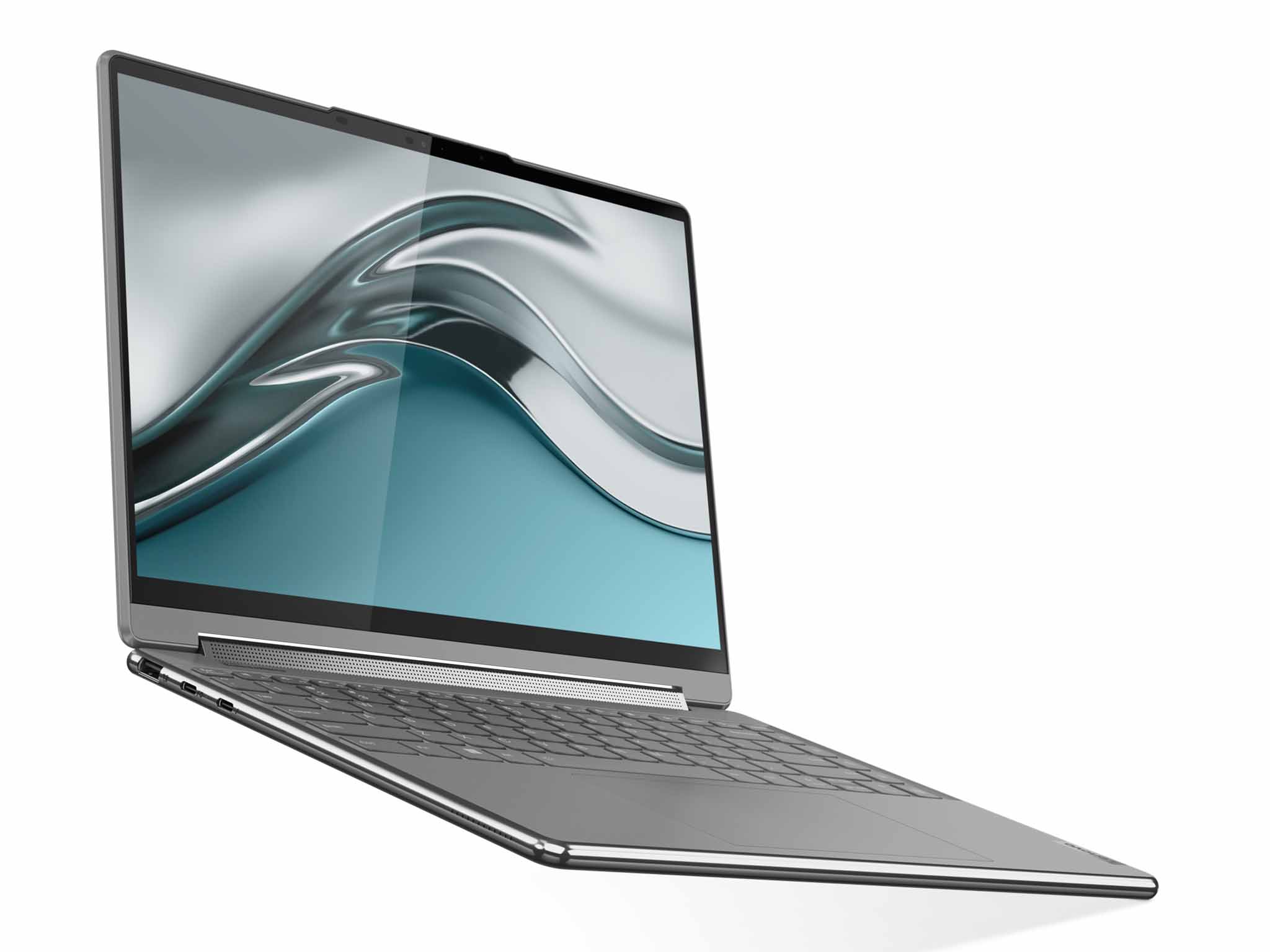
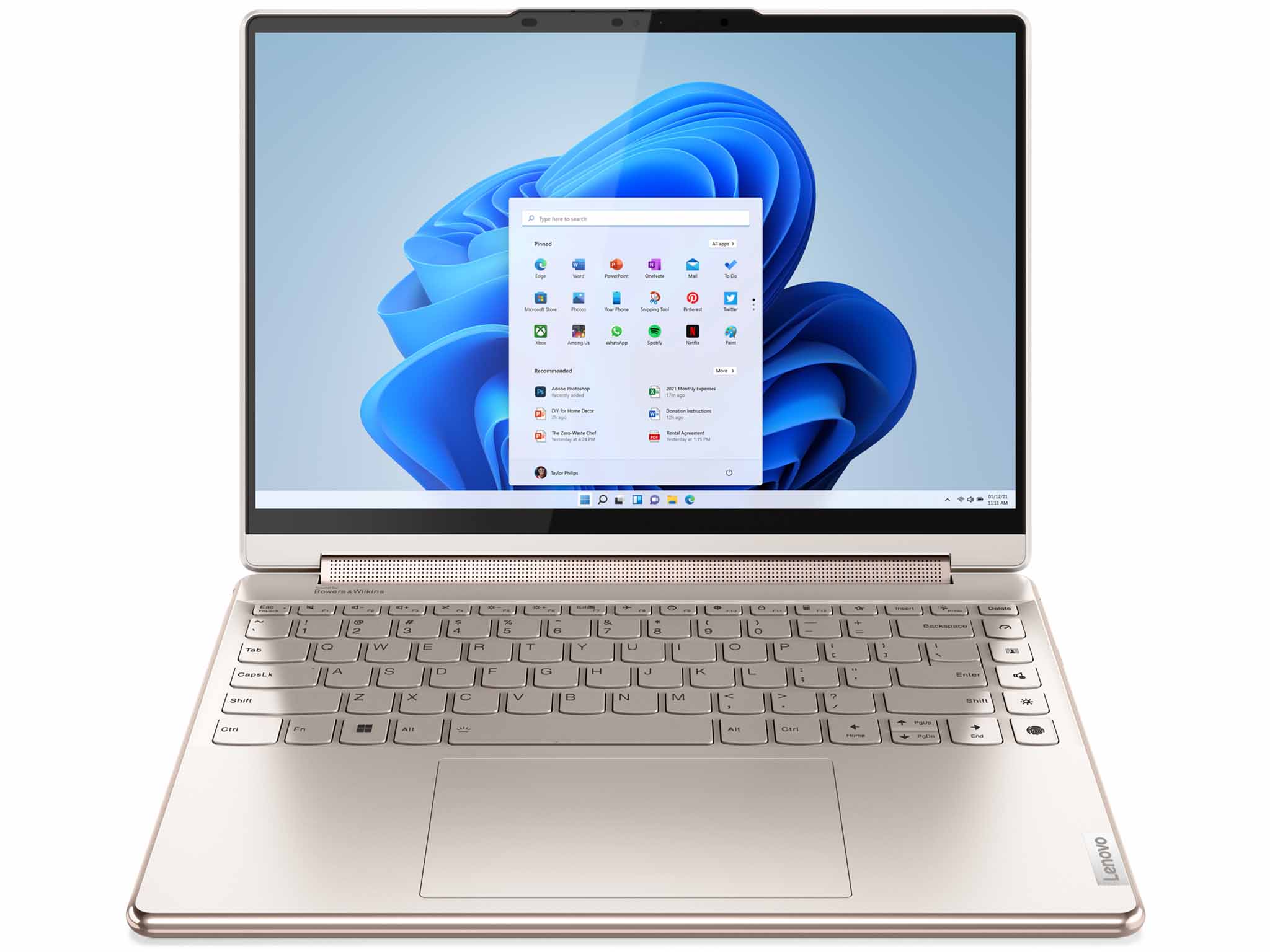

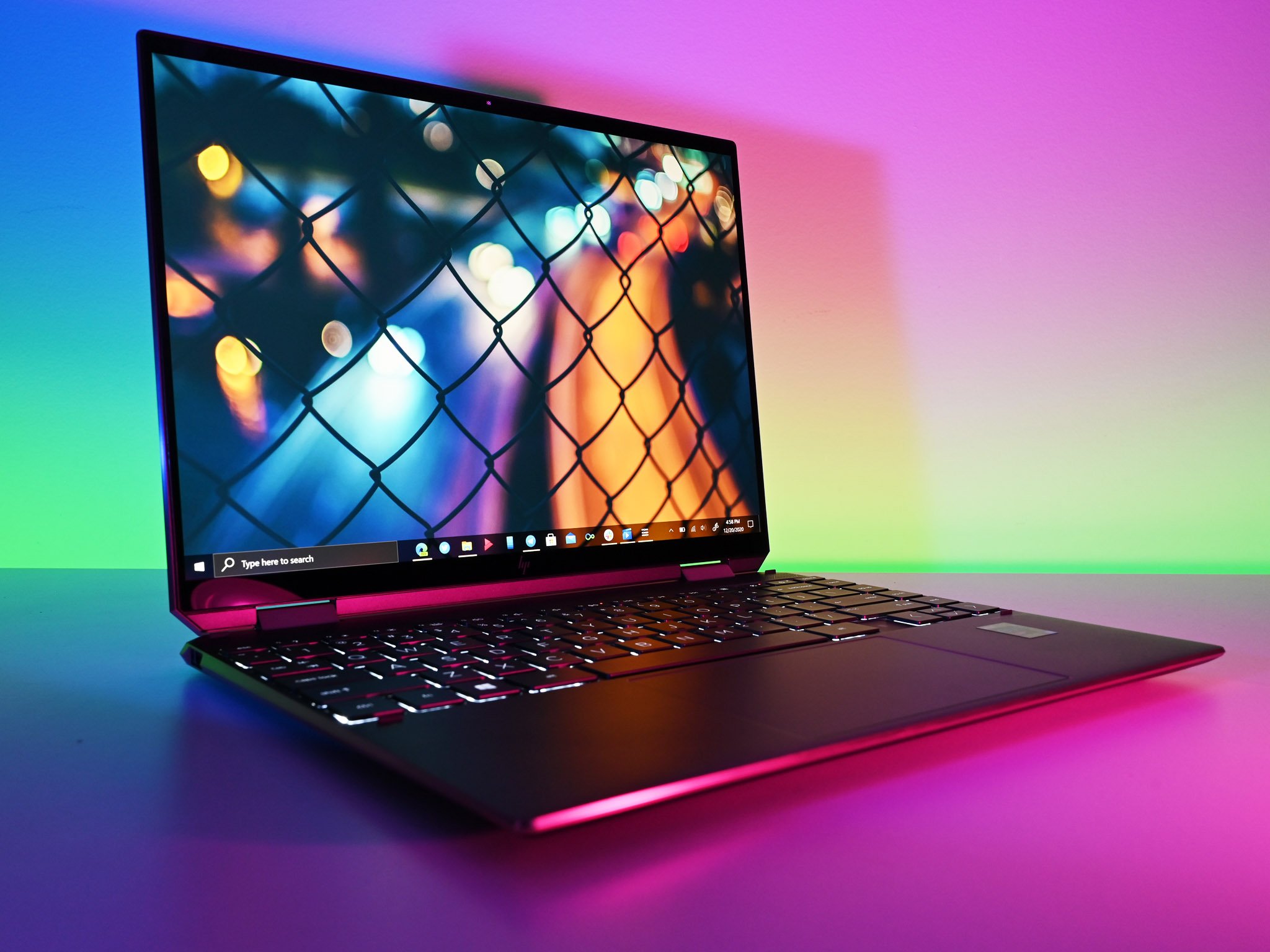

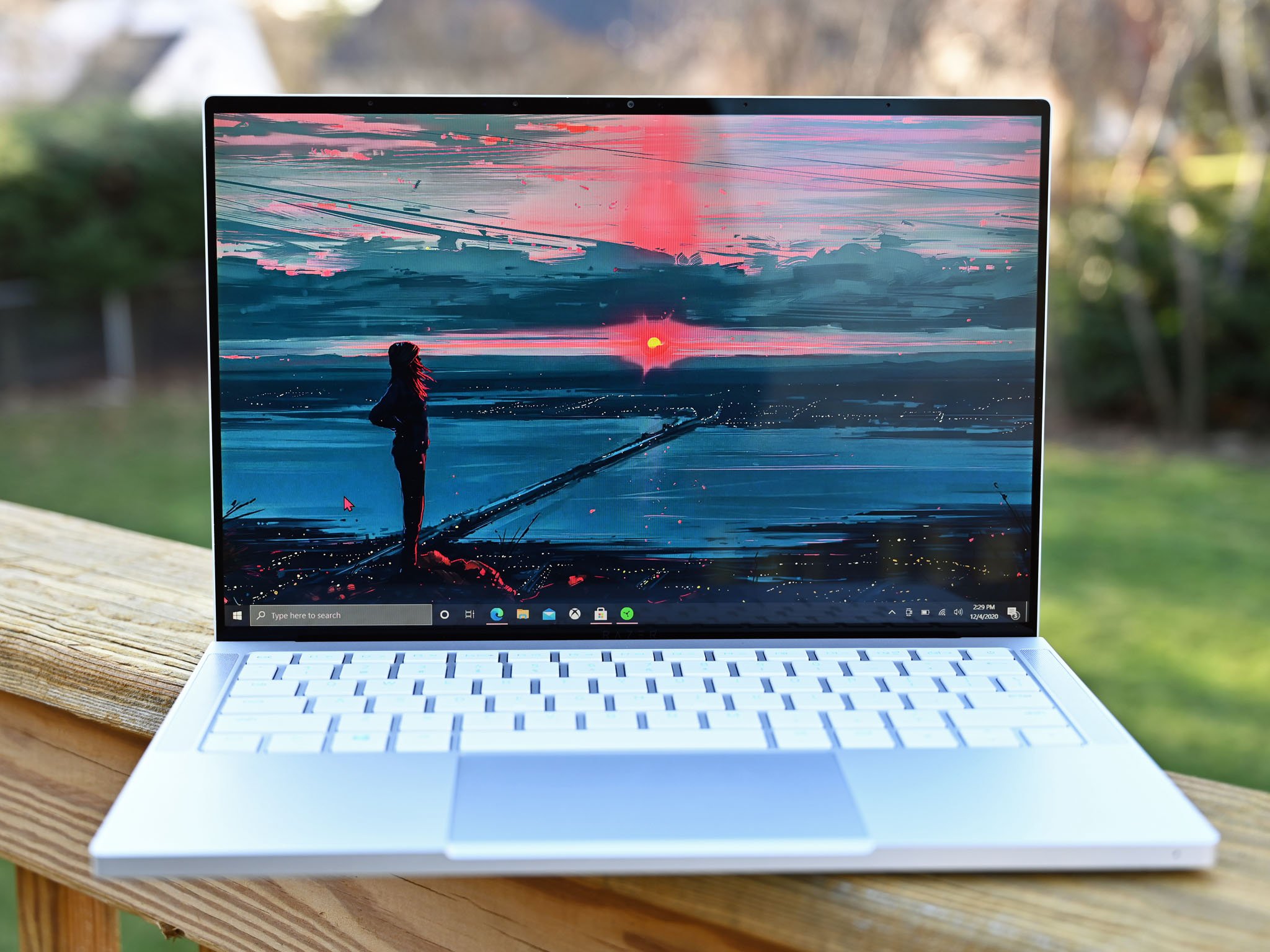
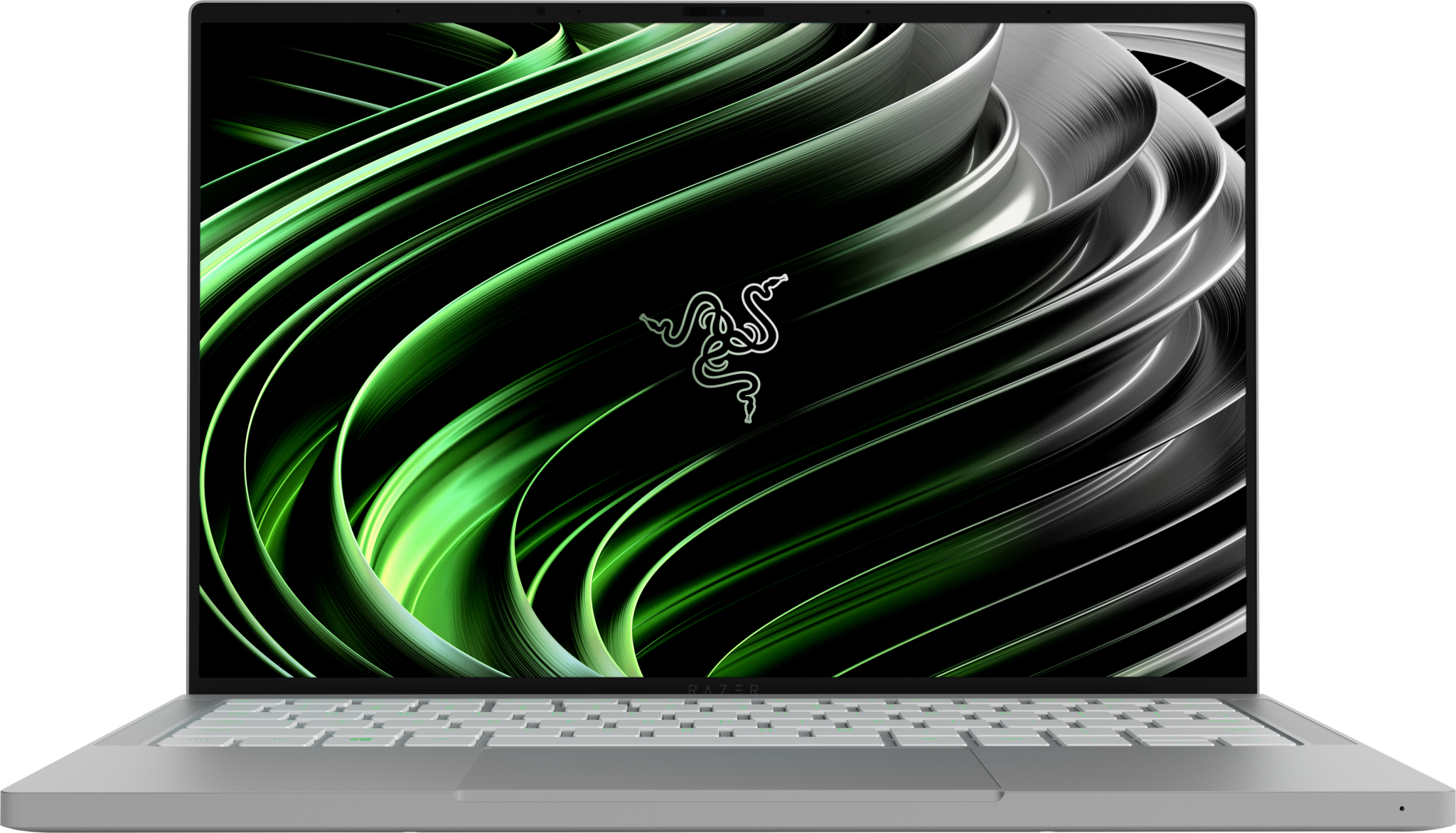
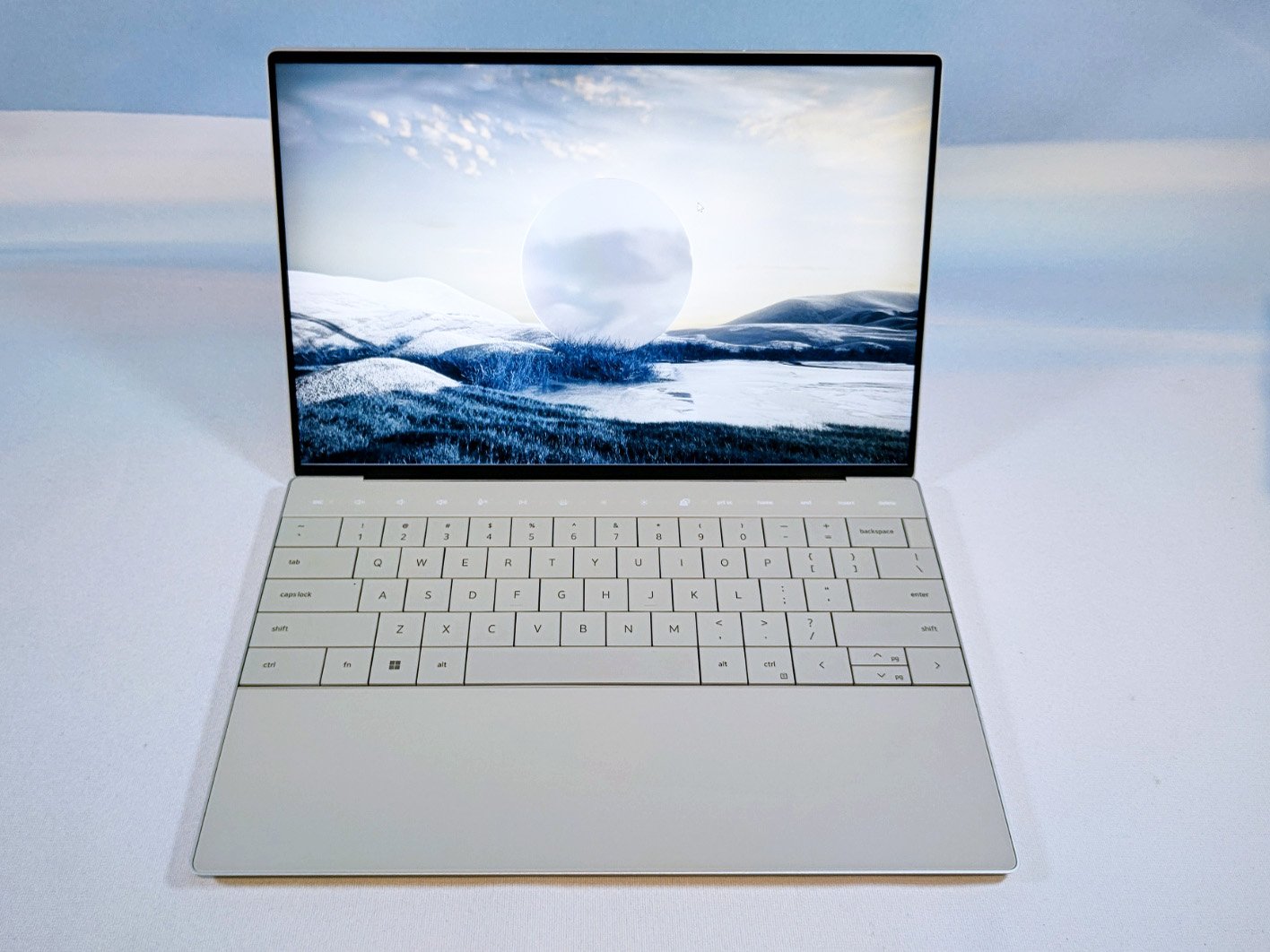

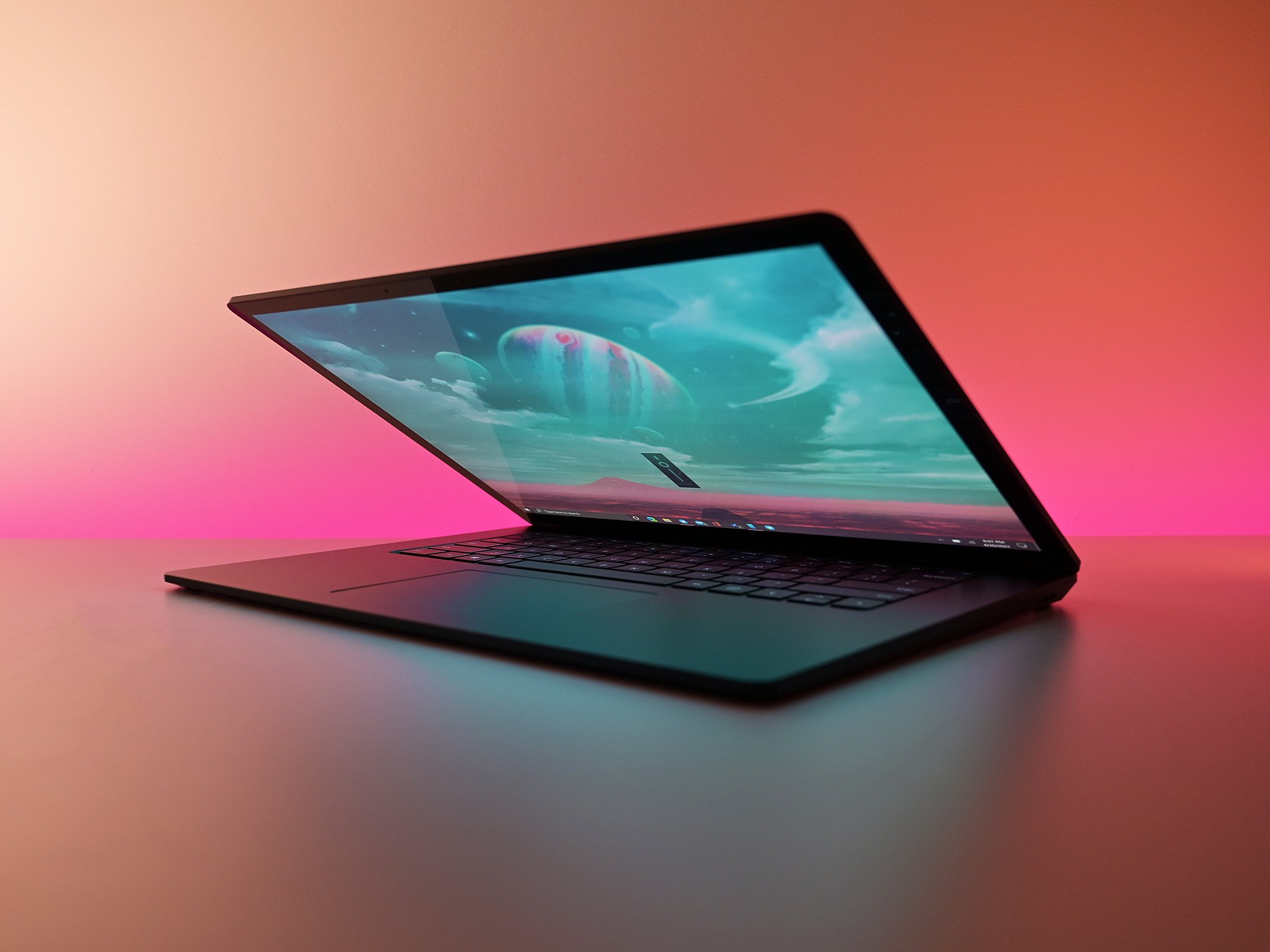
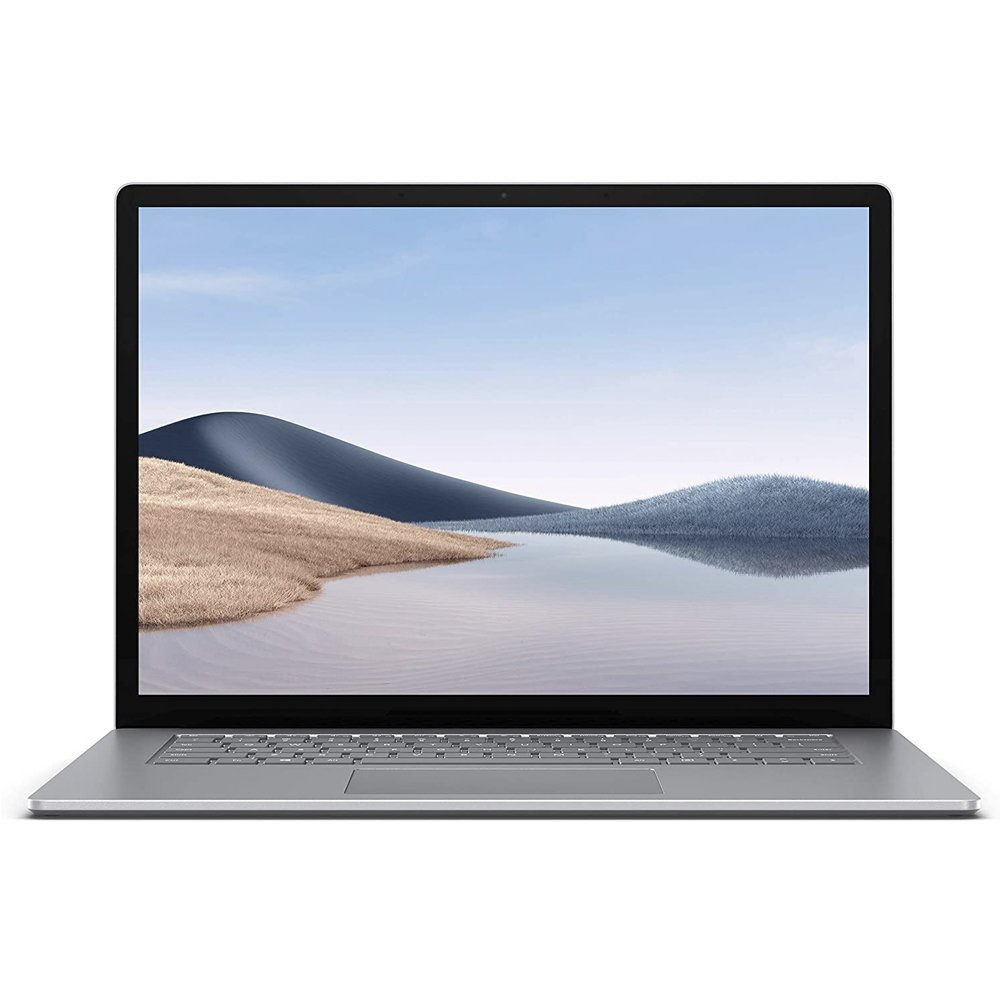
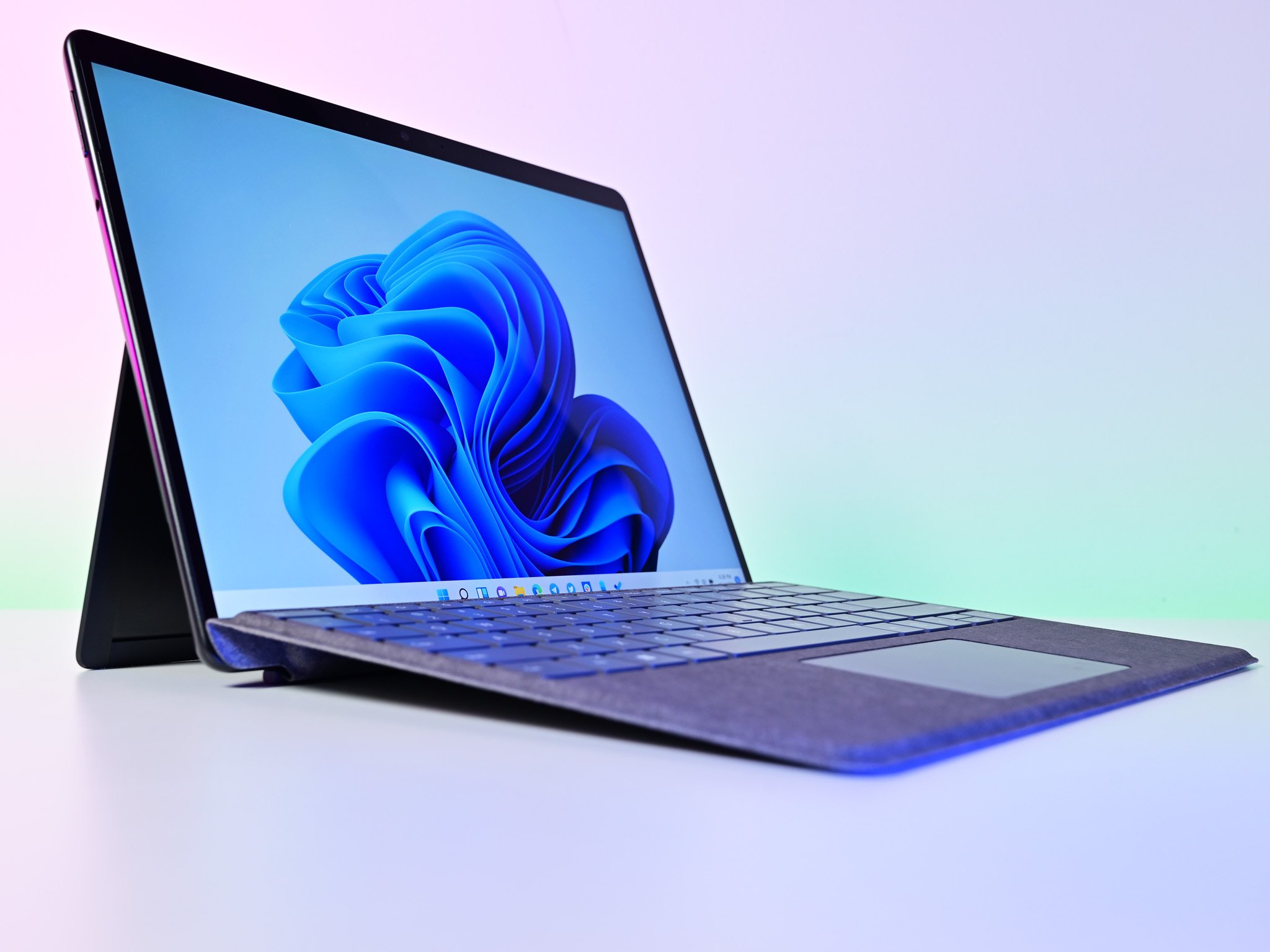

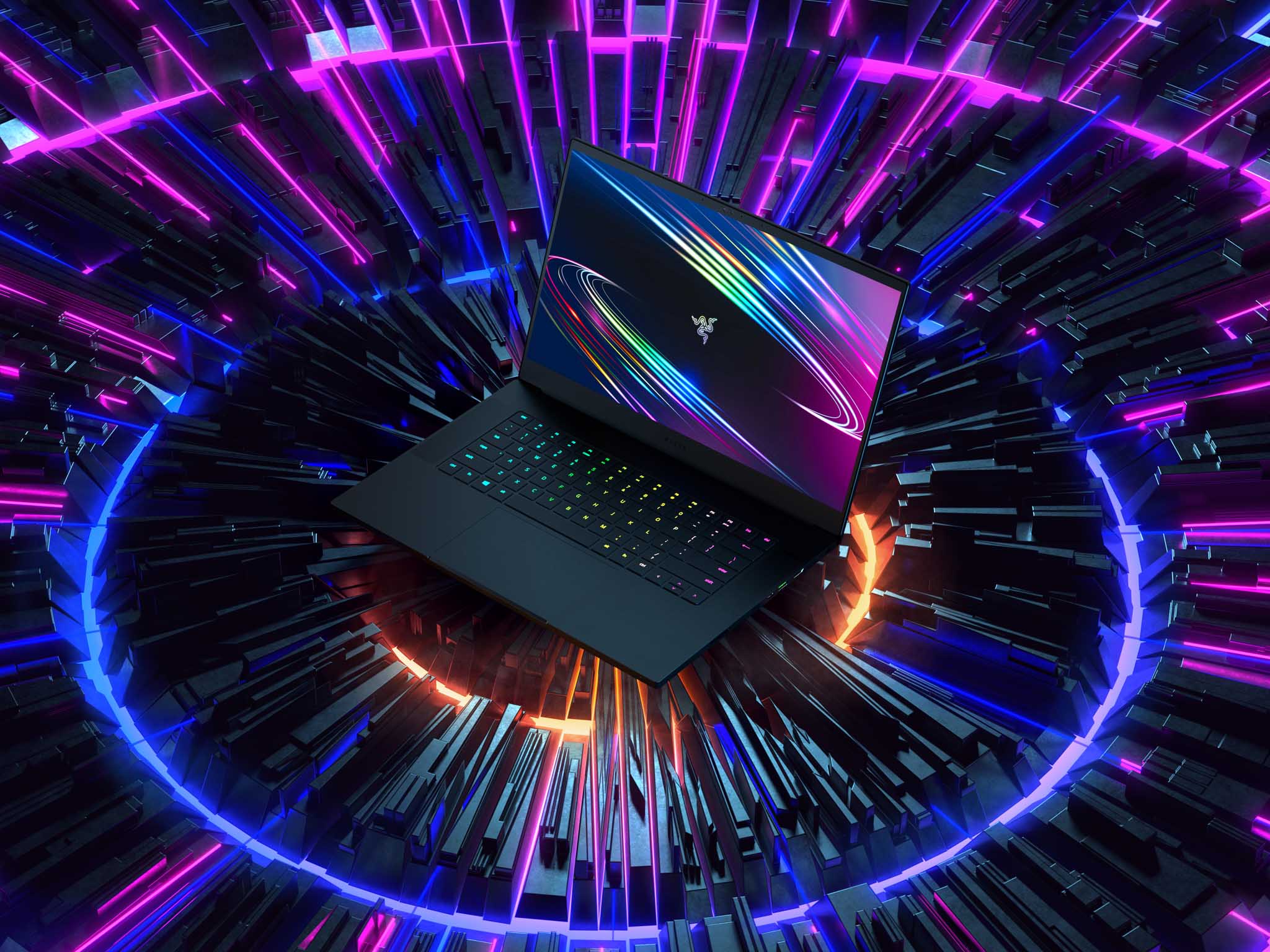

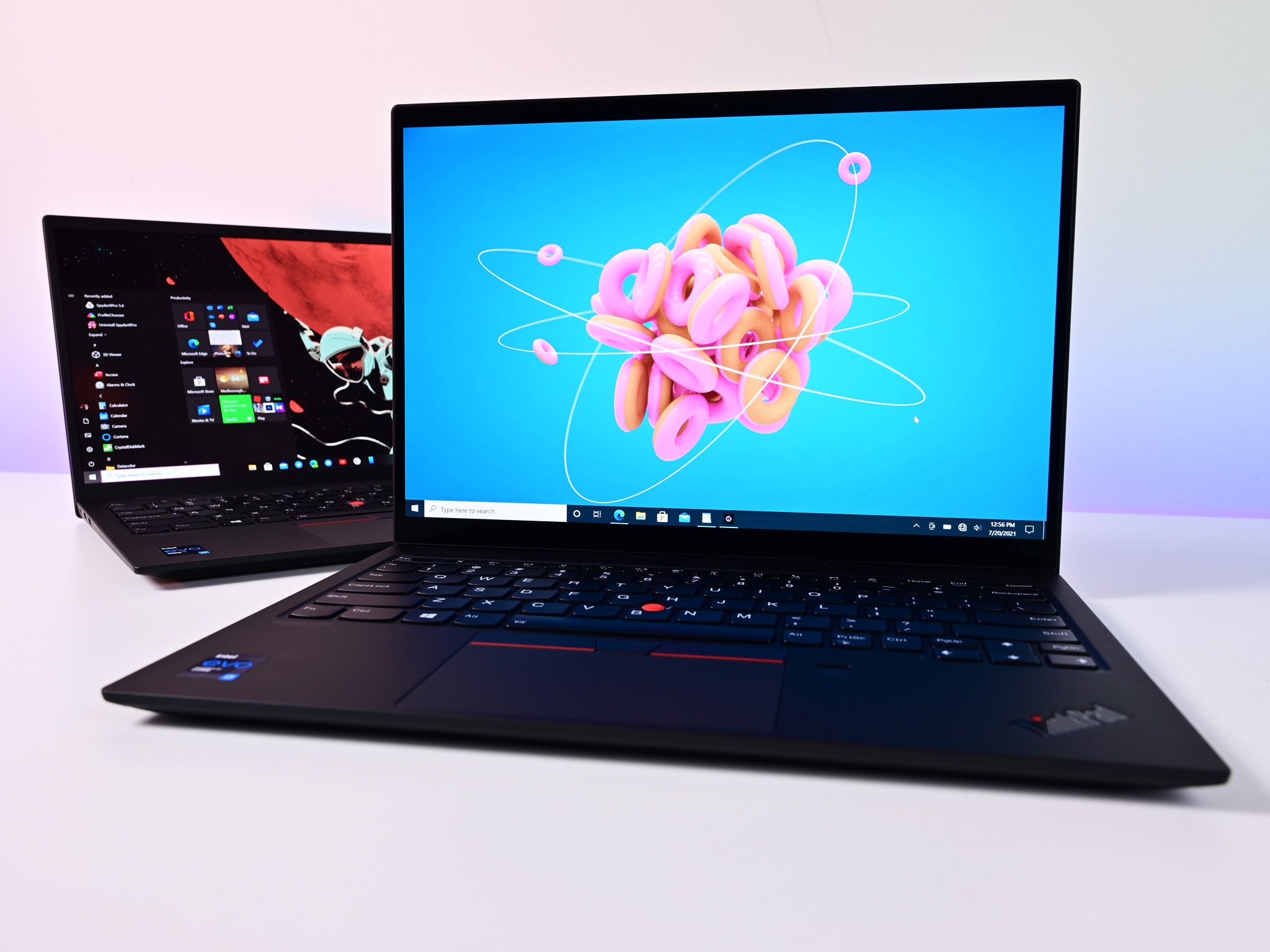
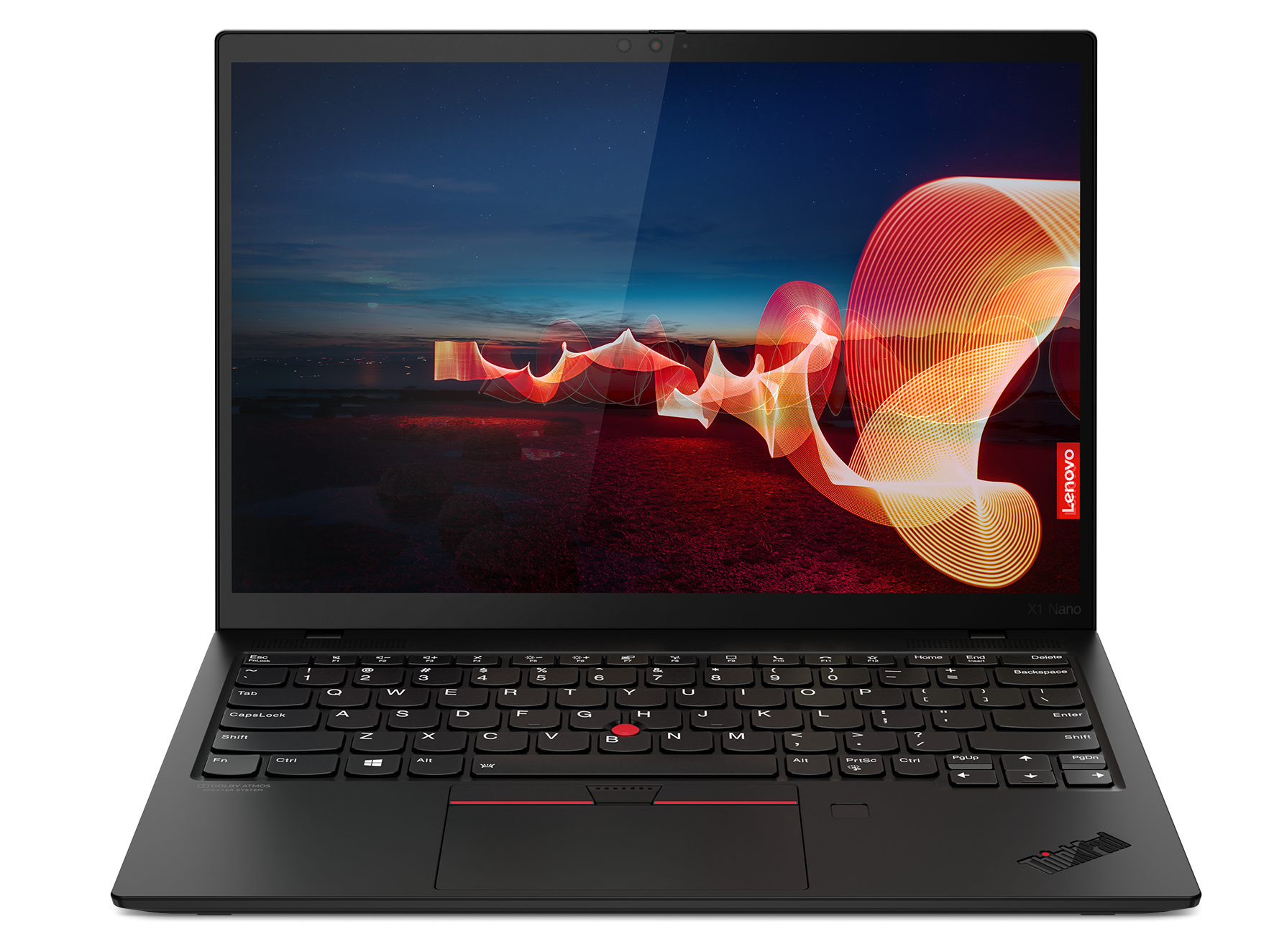
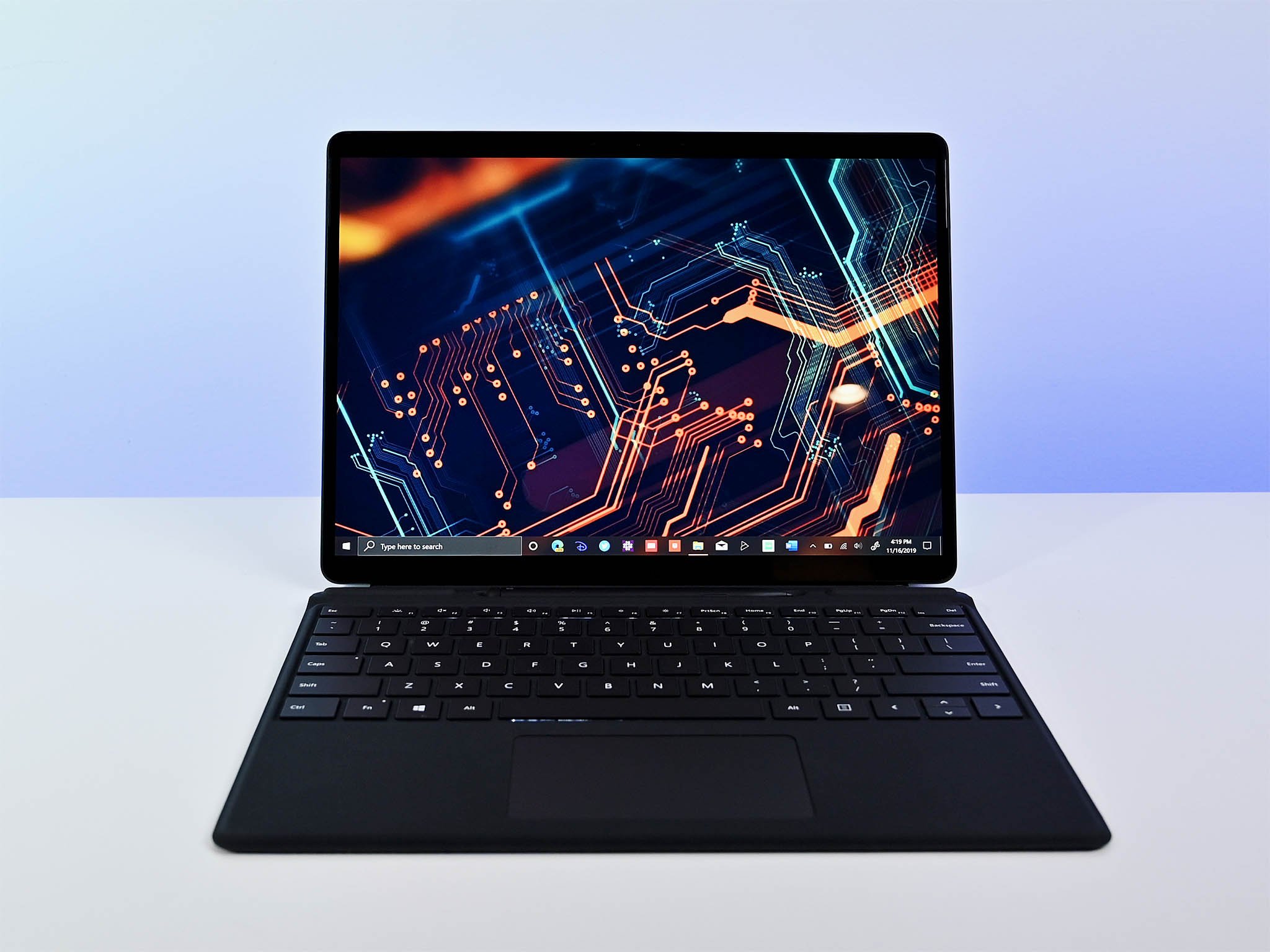
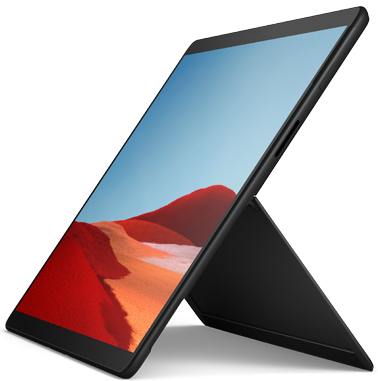
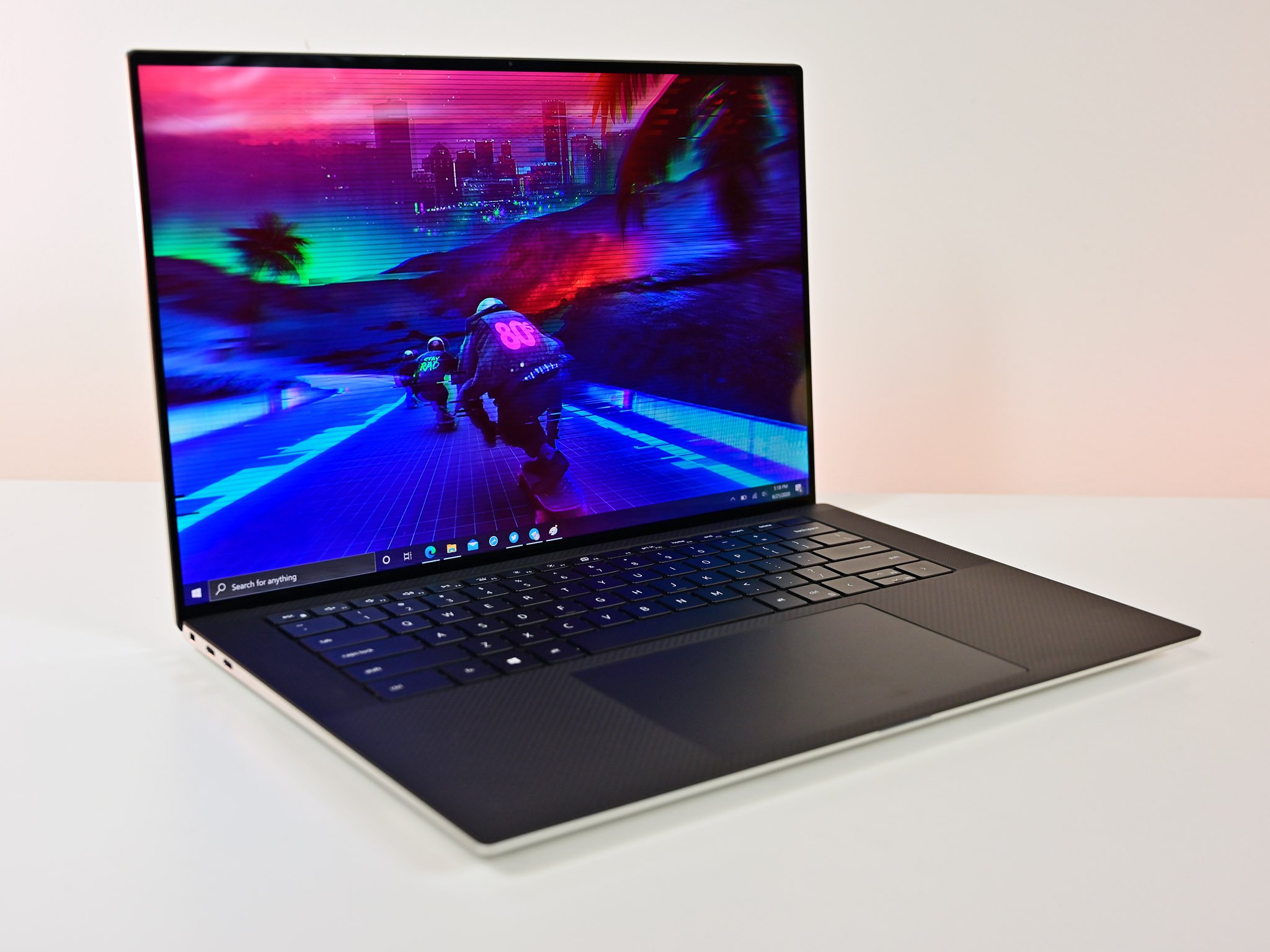
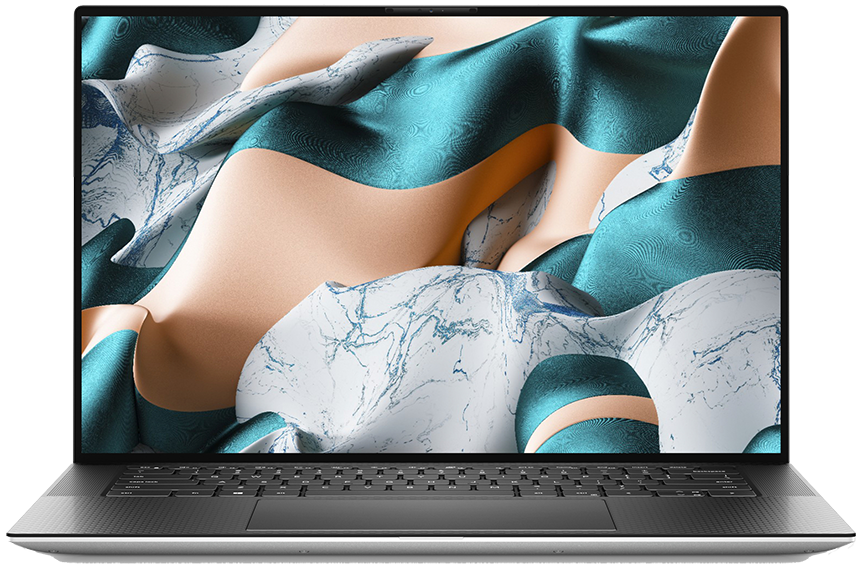

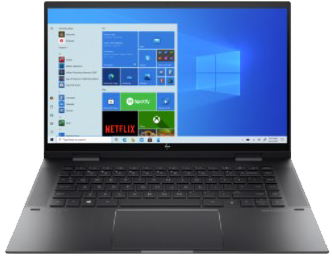

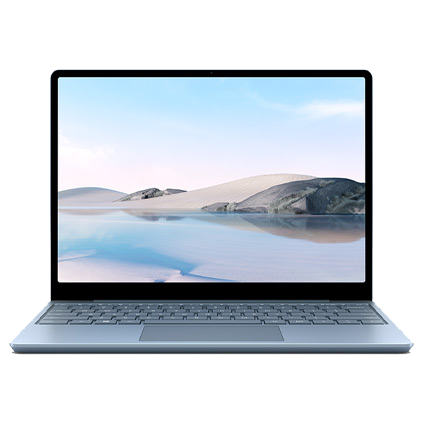
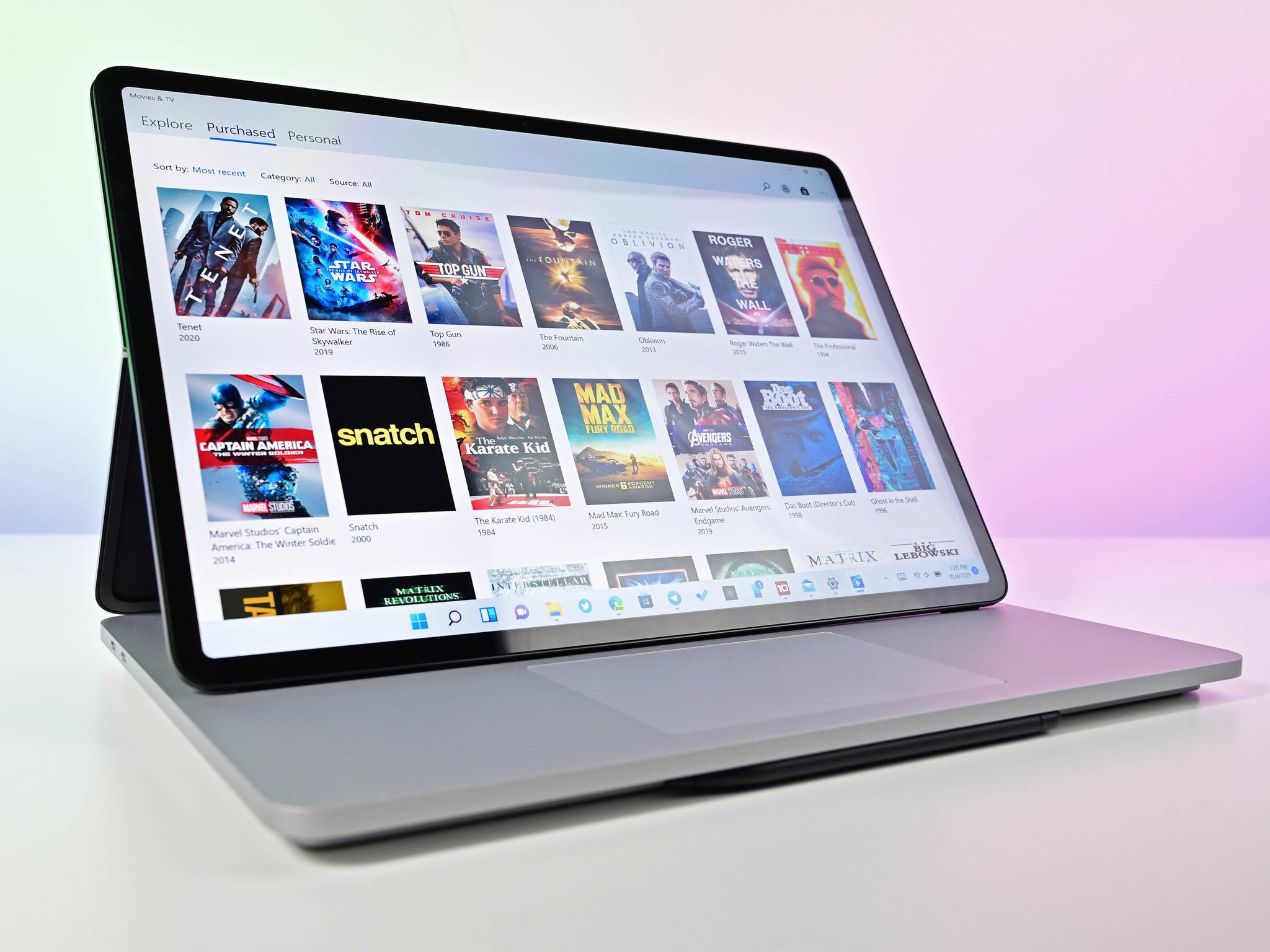
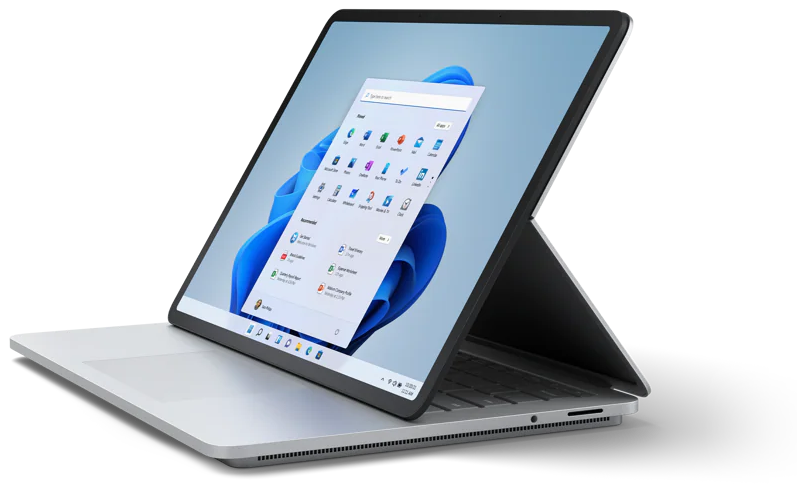
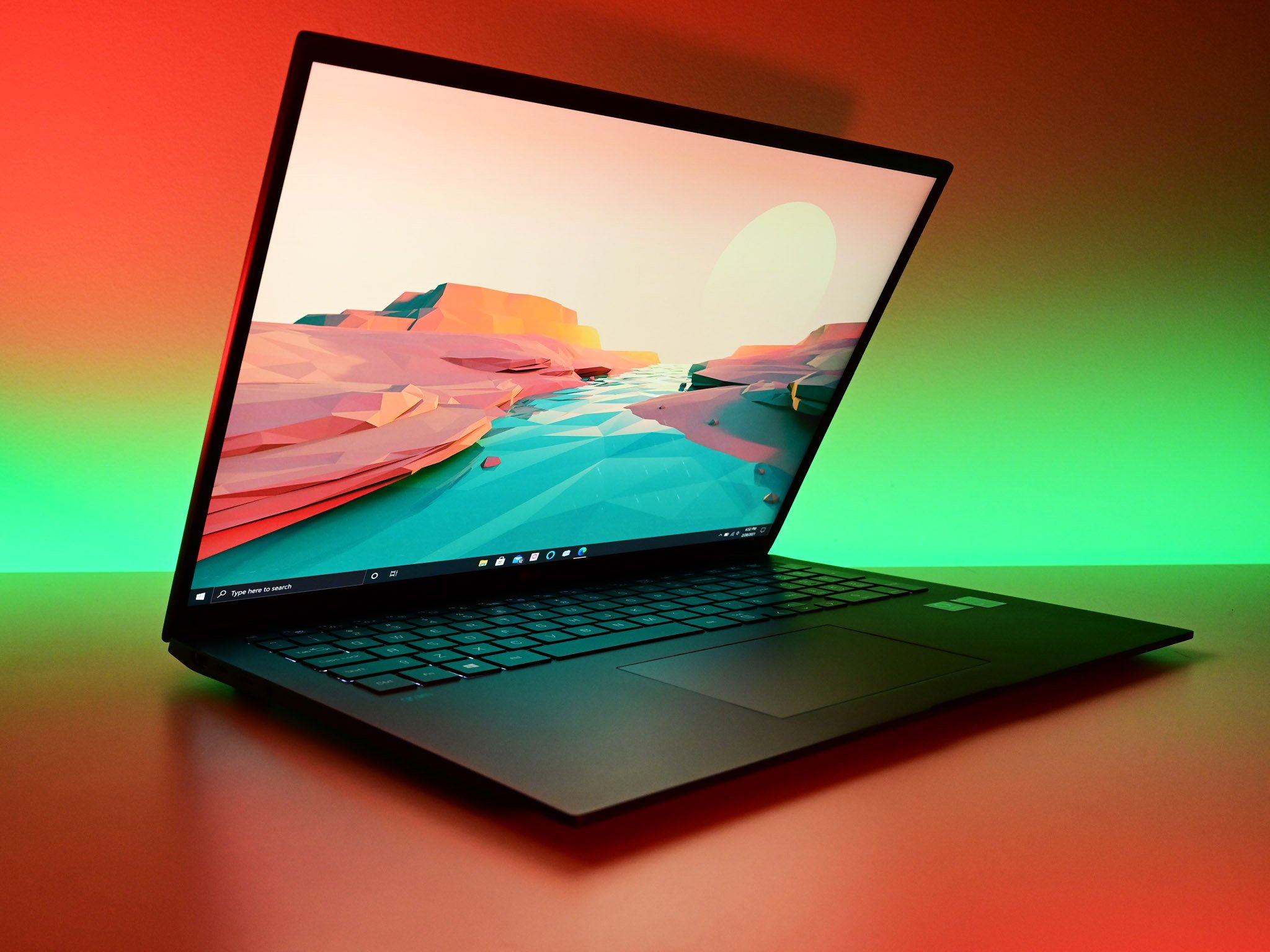

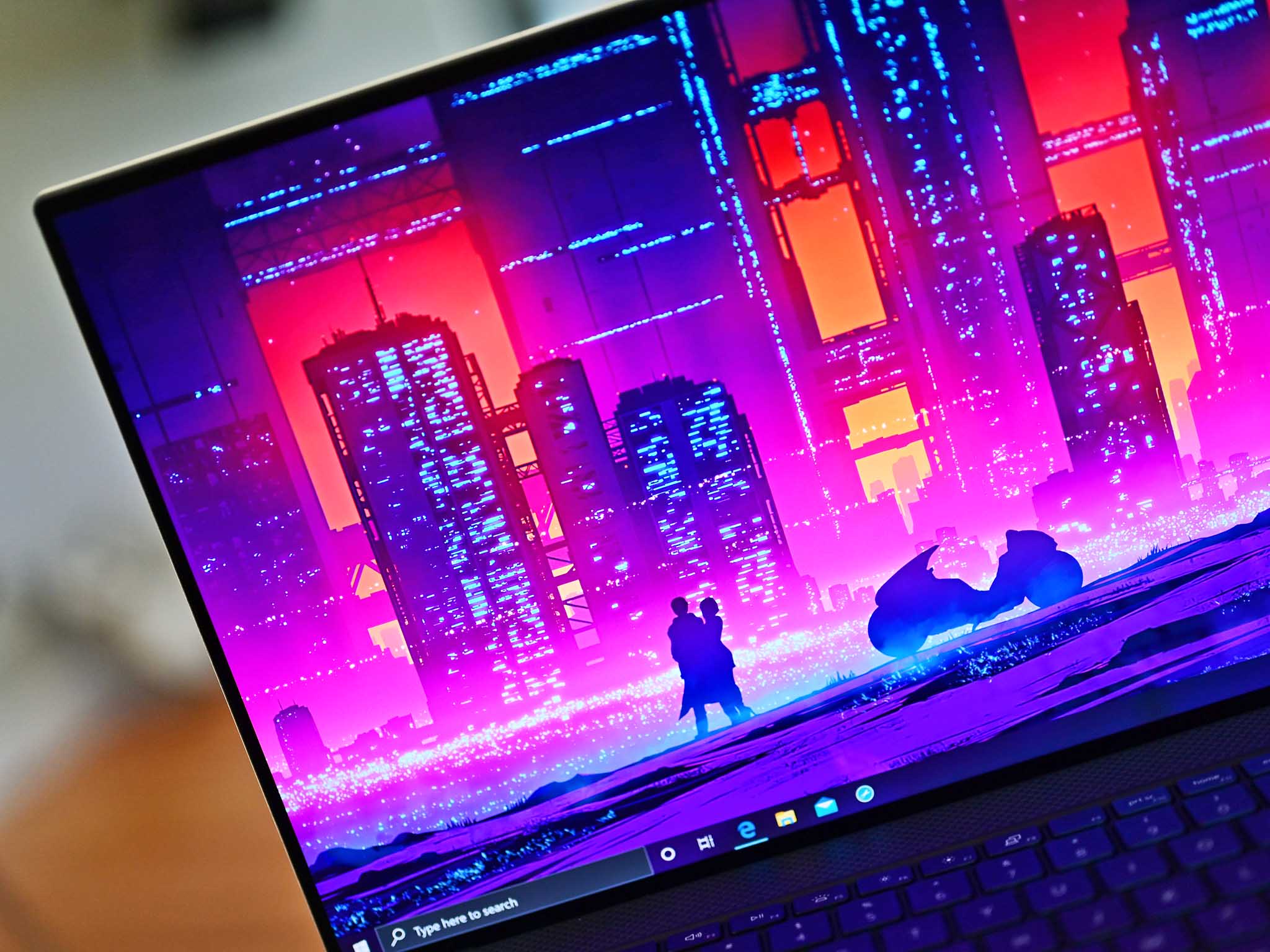

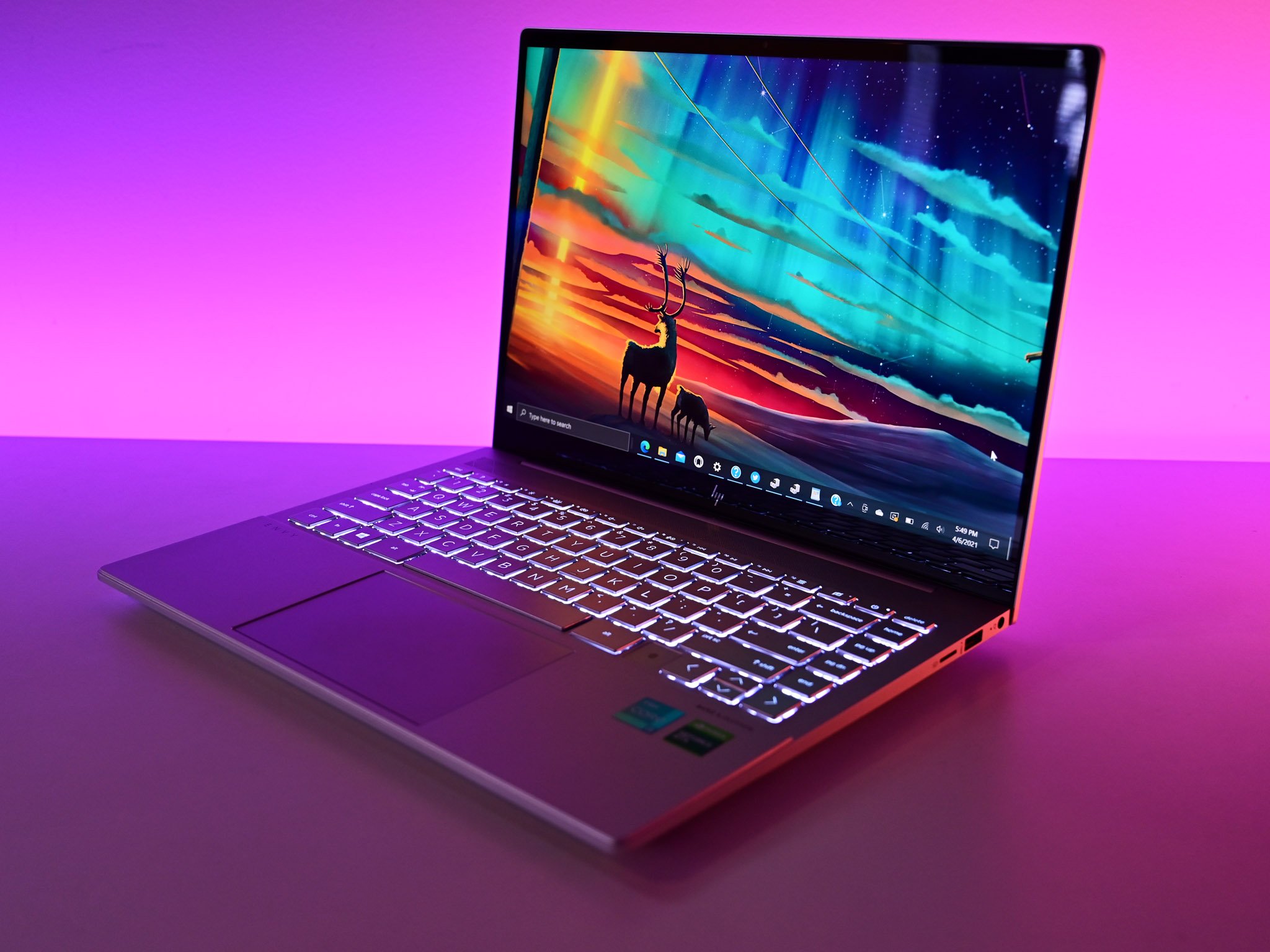

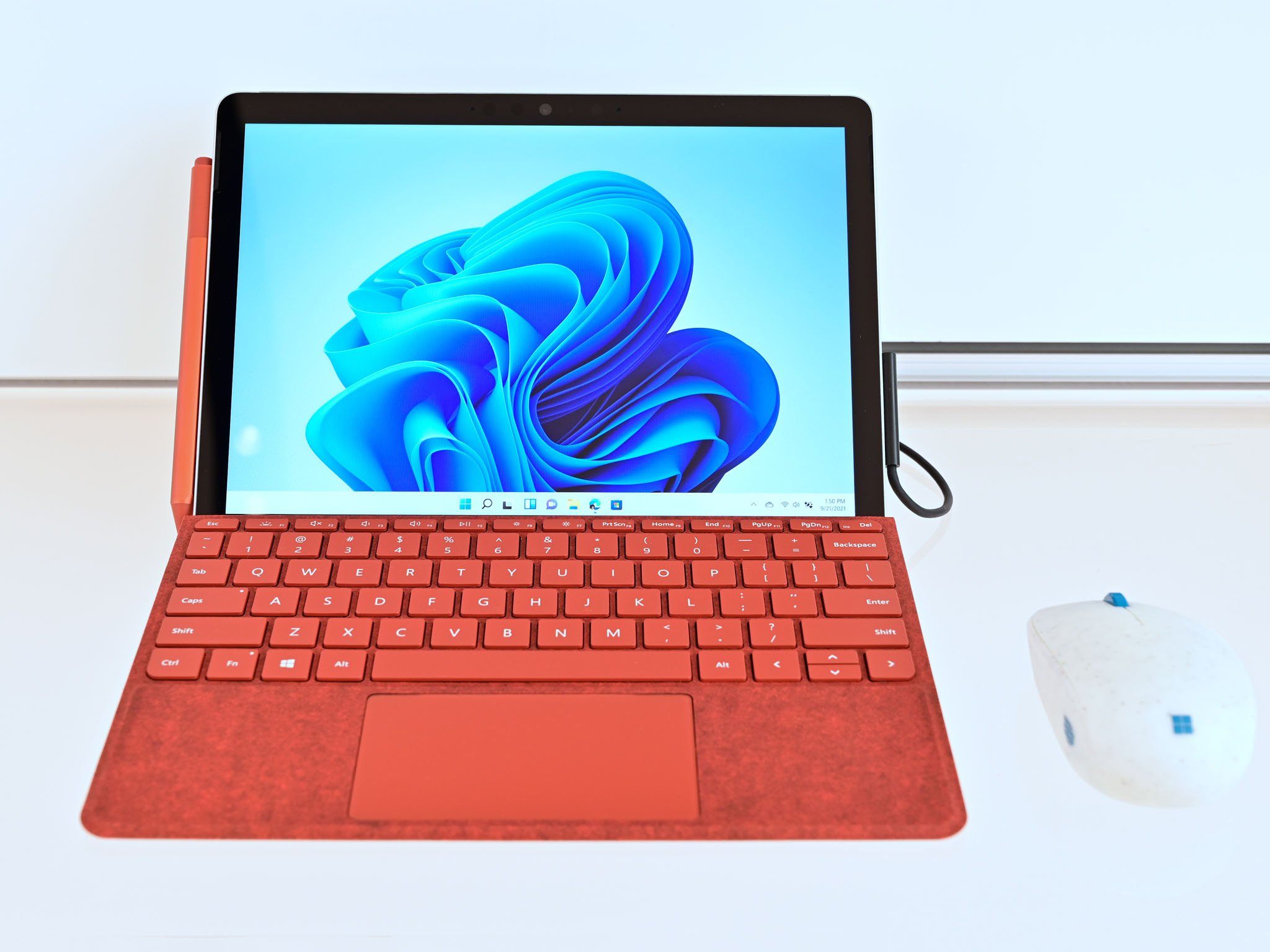
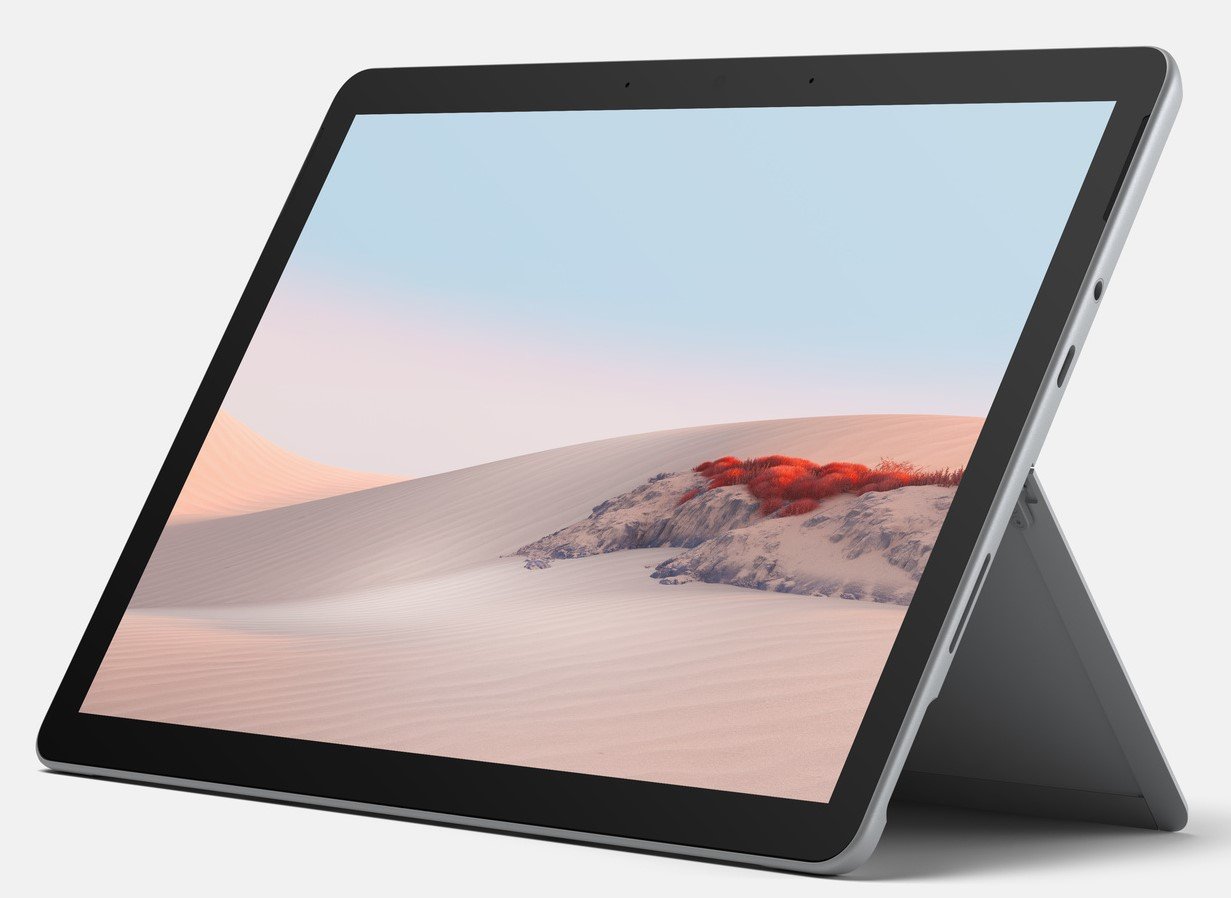

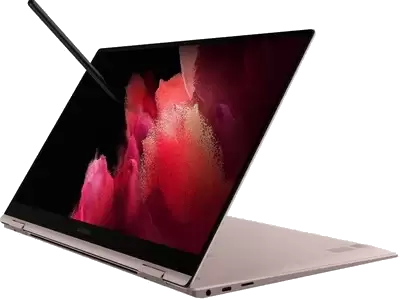
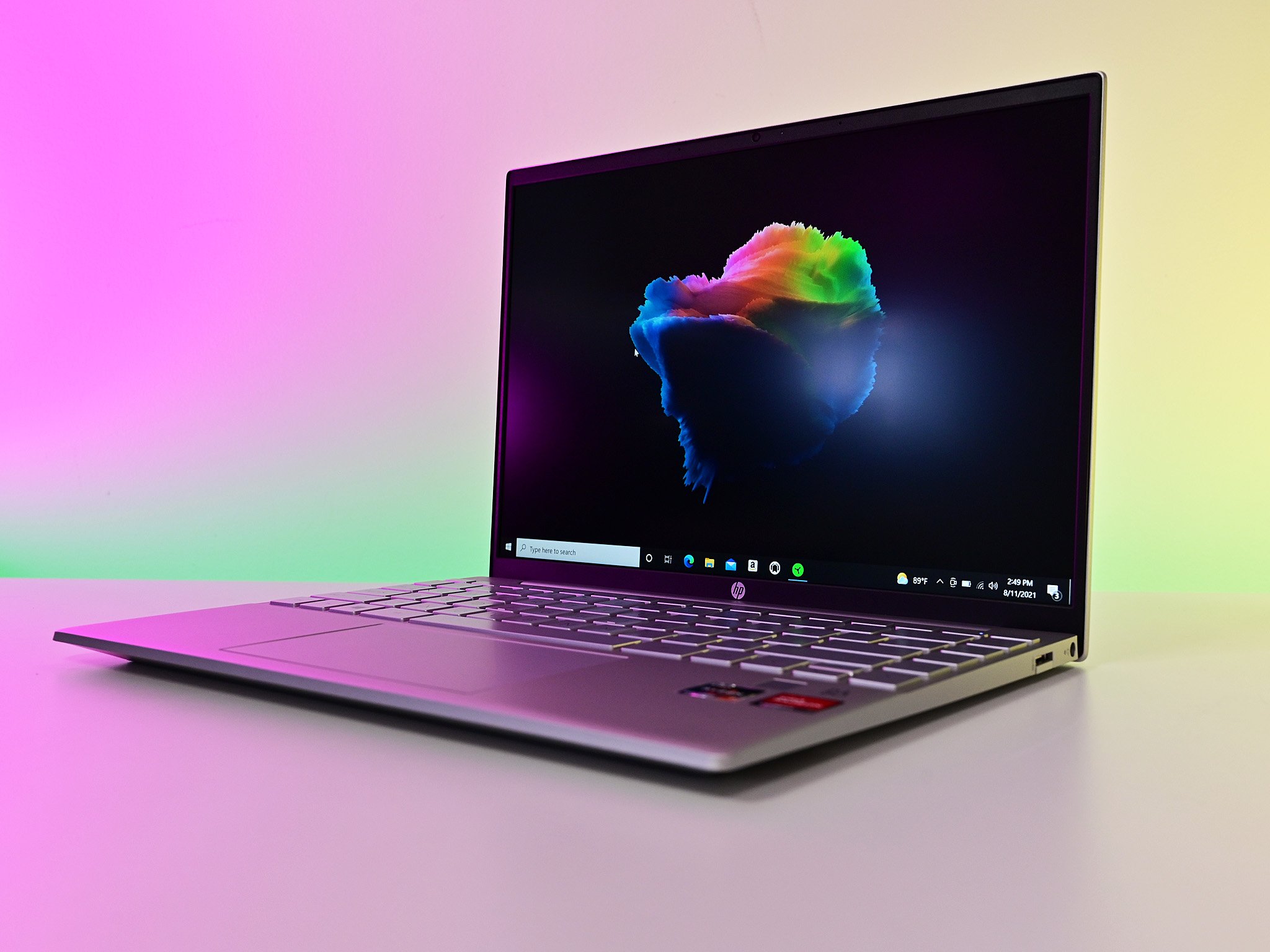
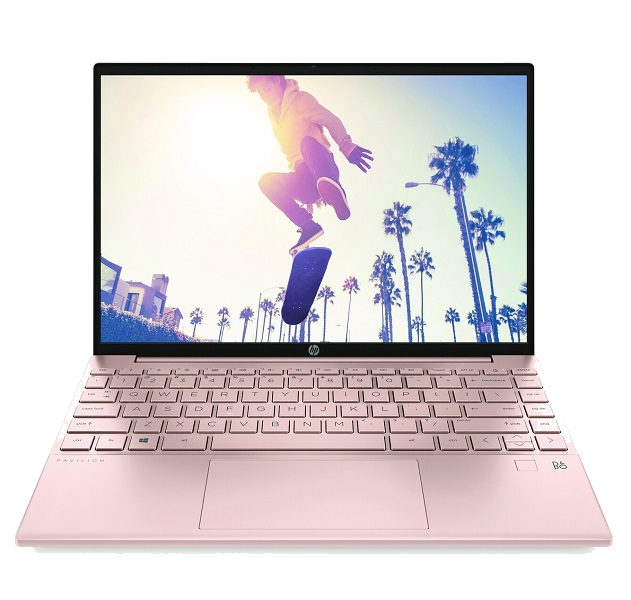
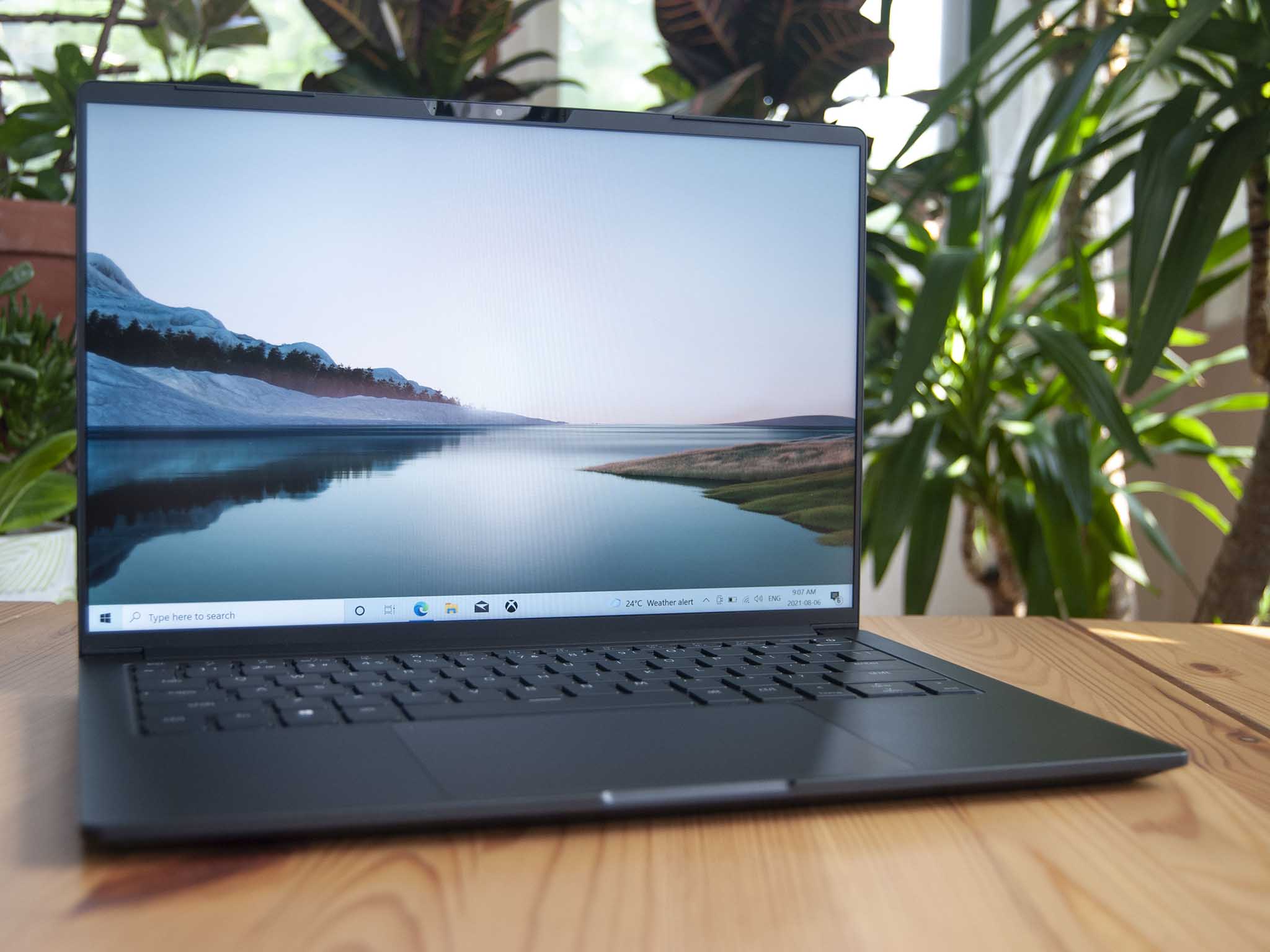
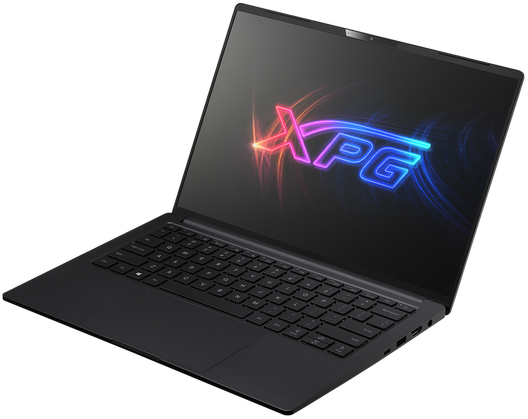

0 Comments